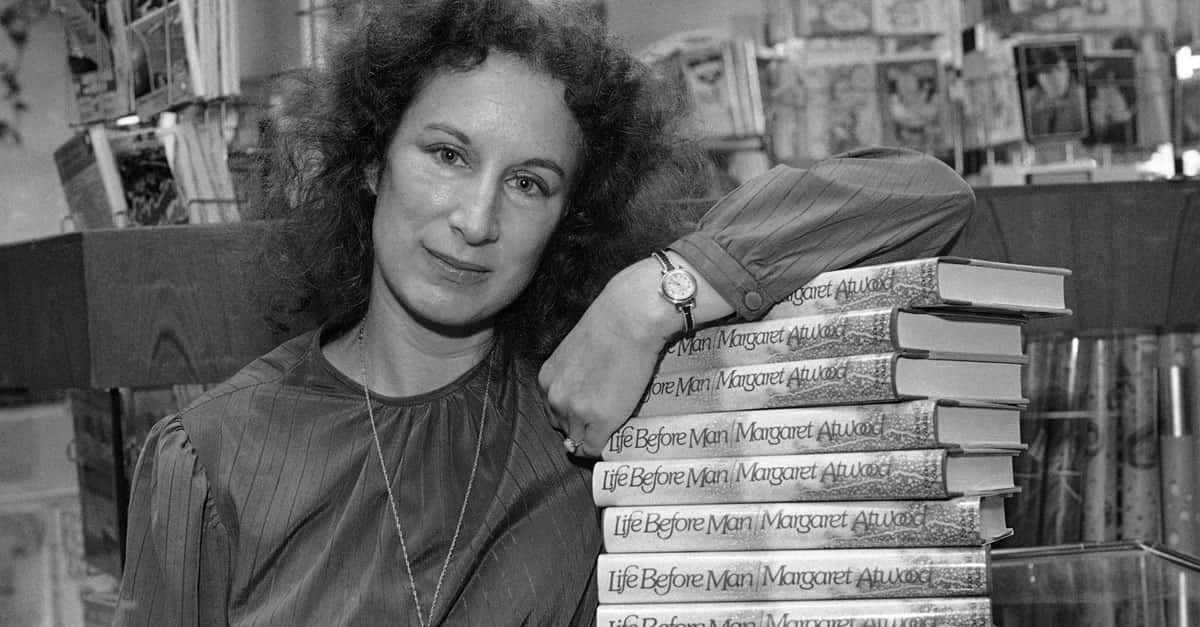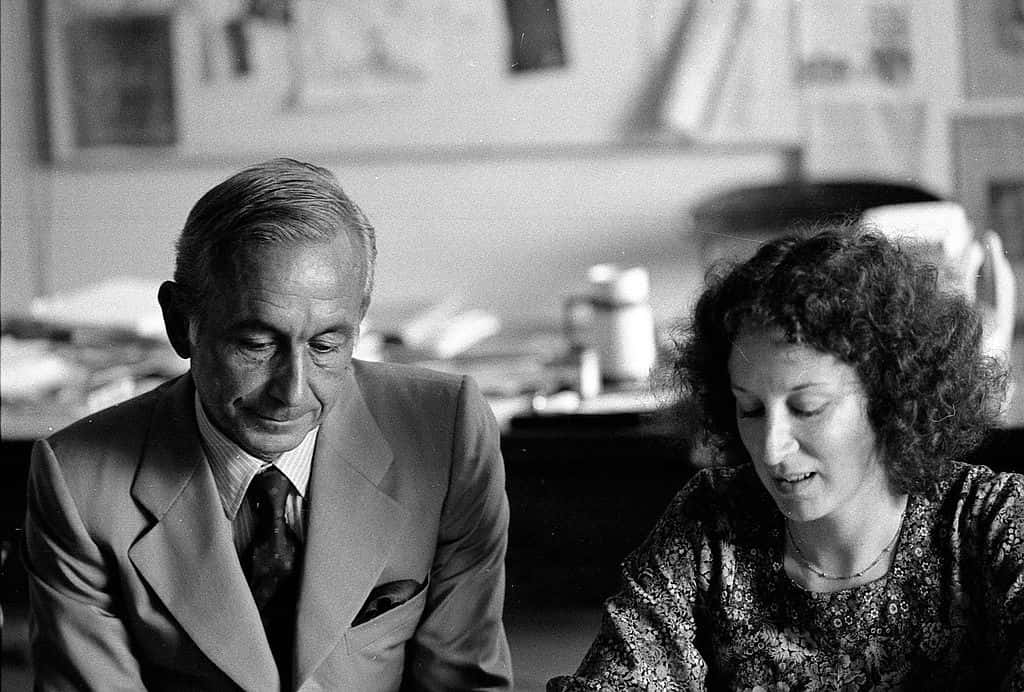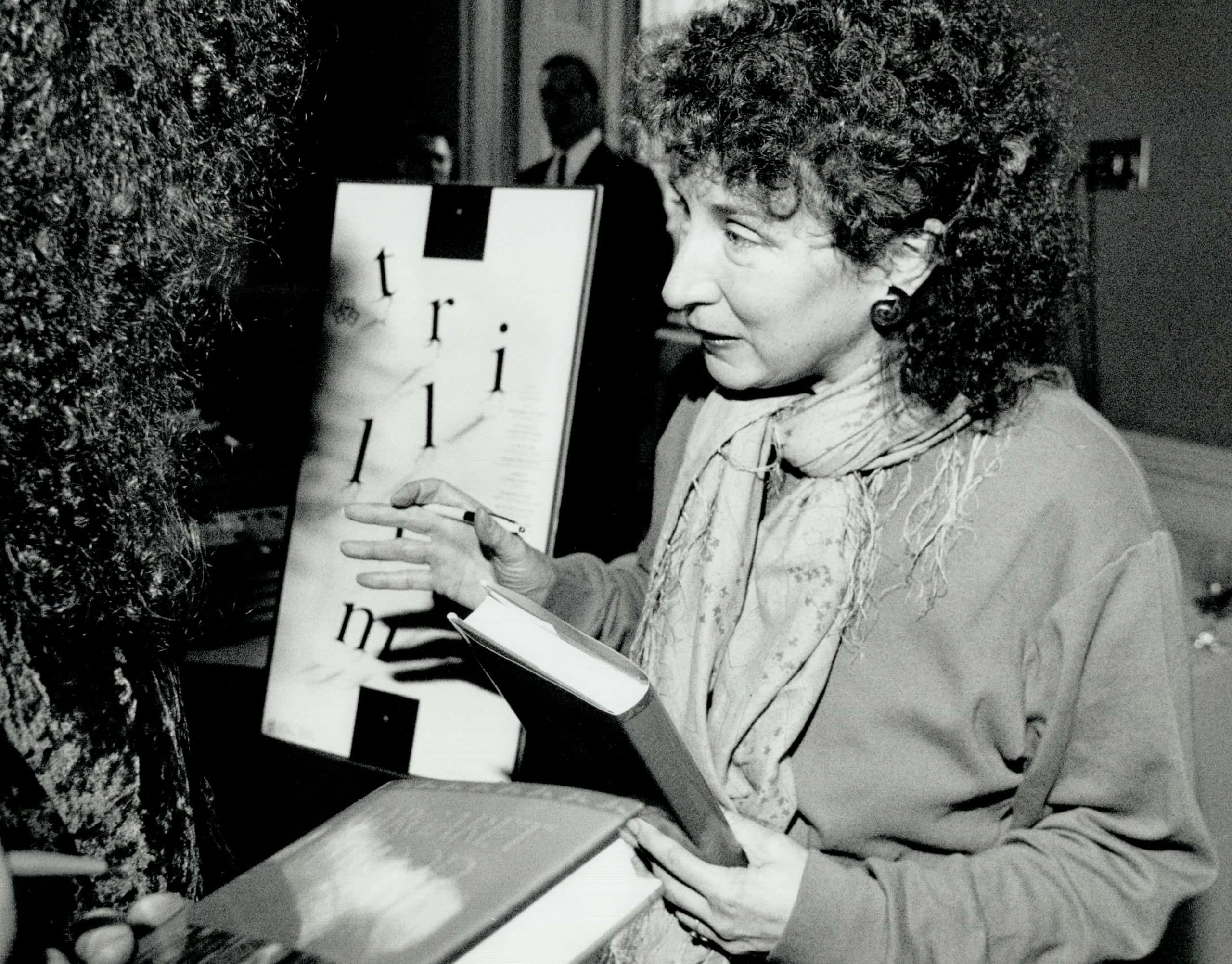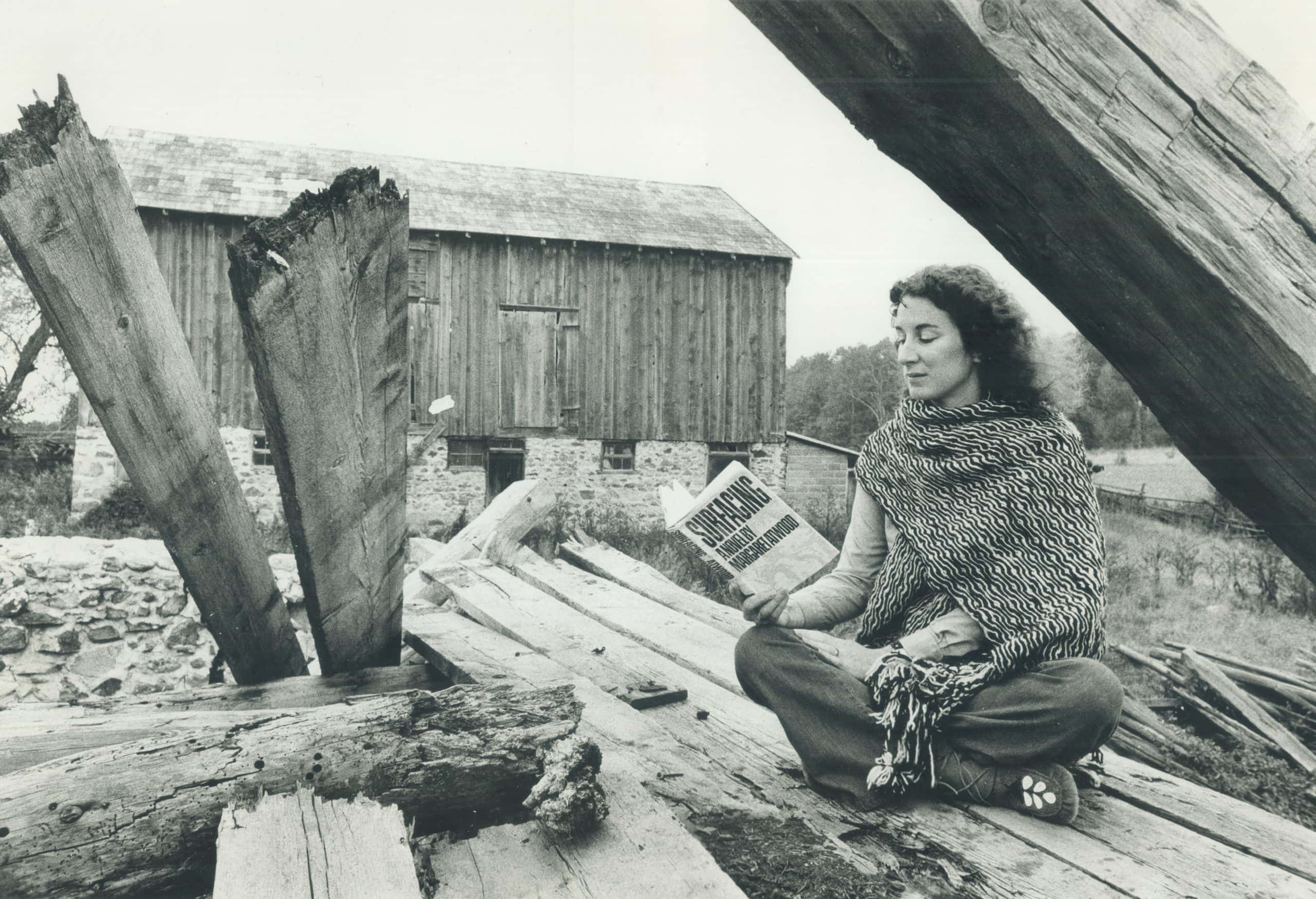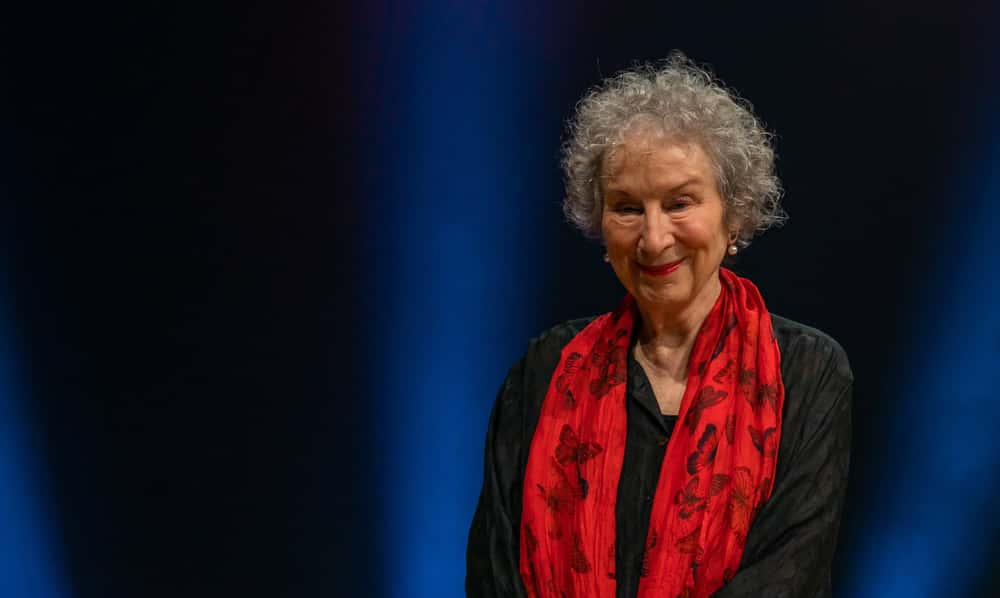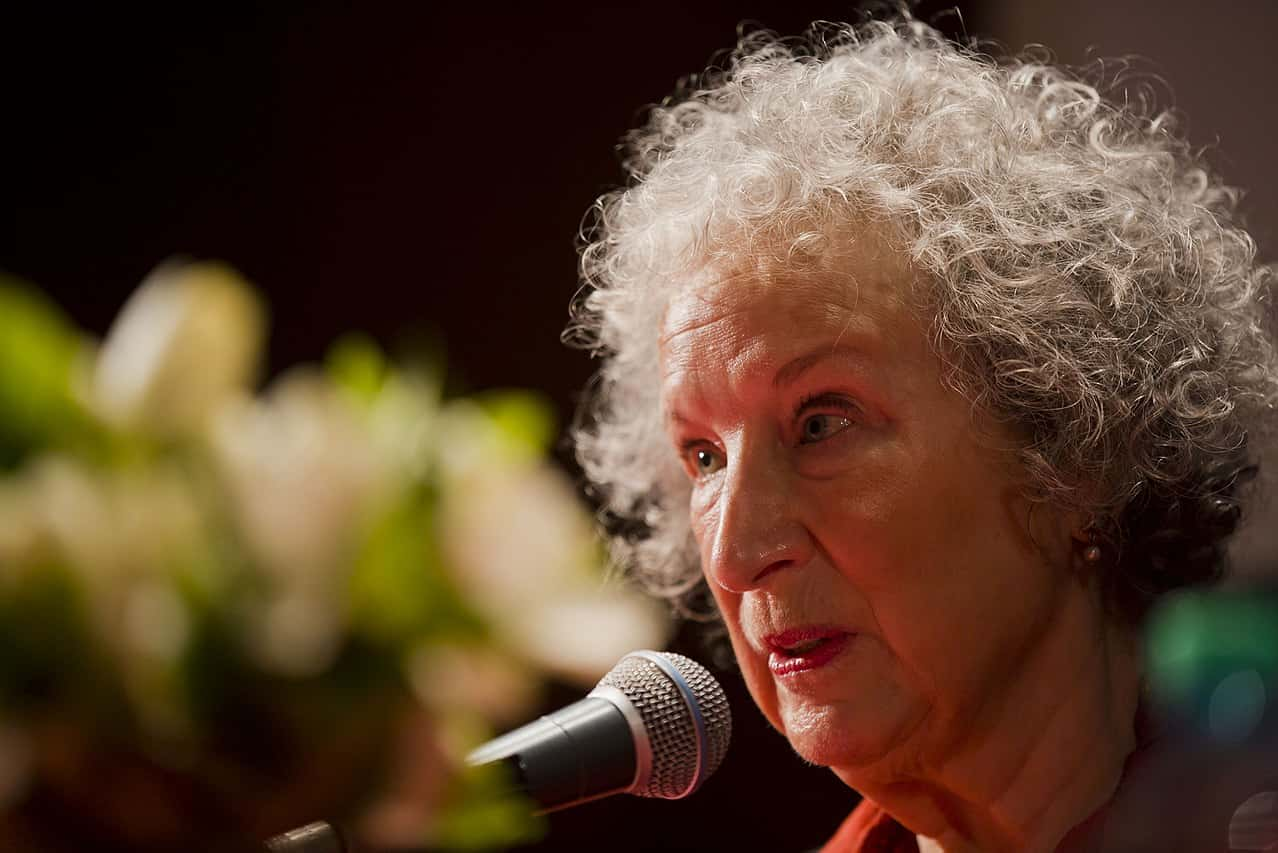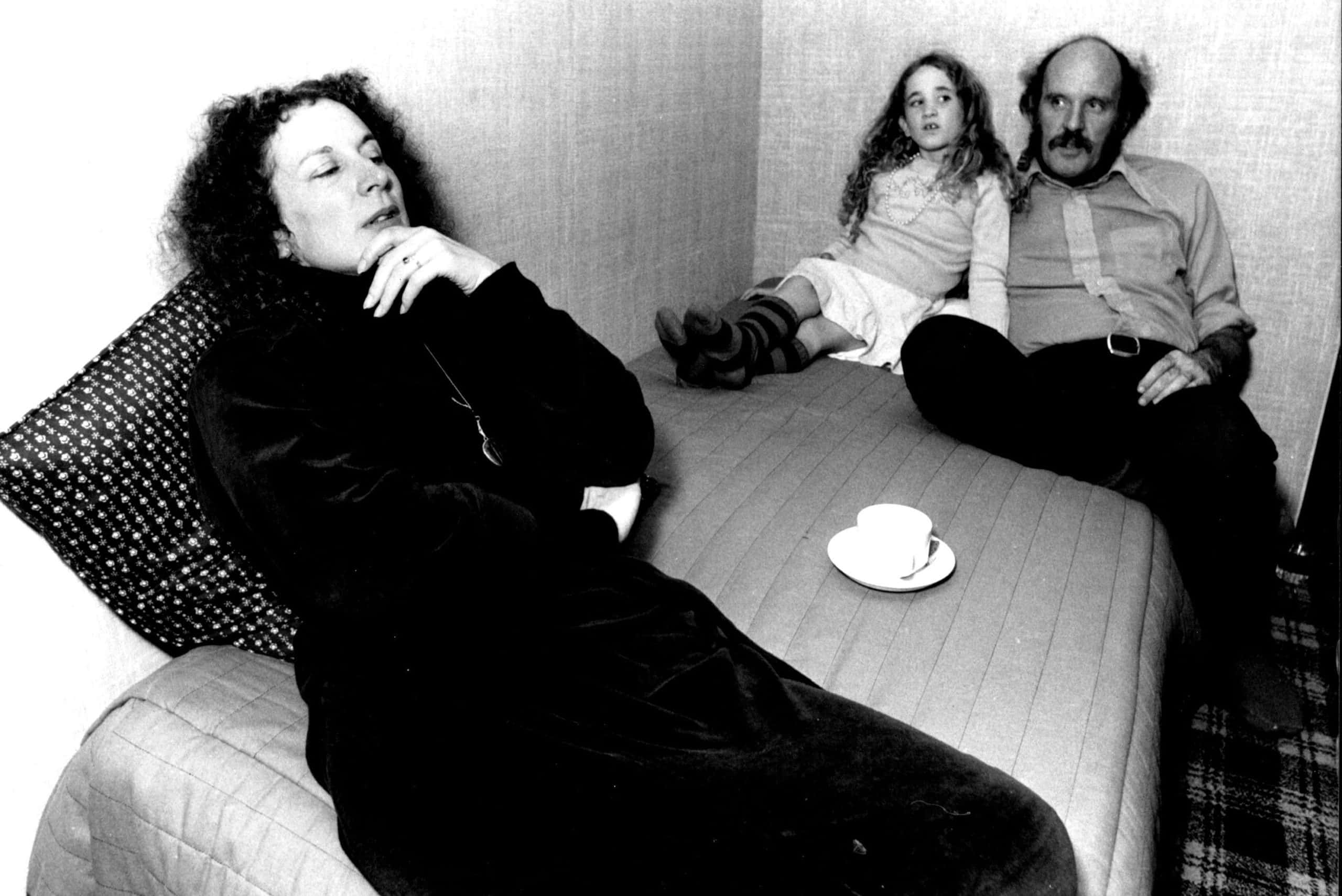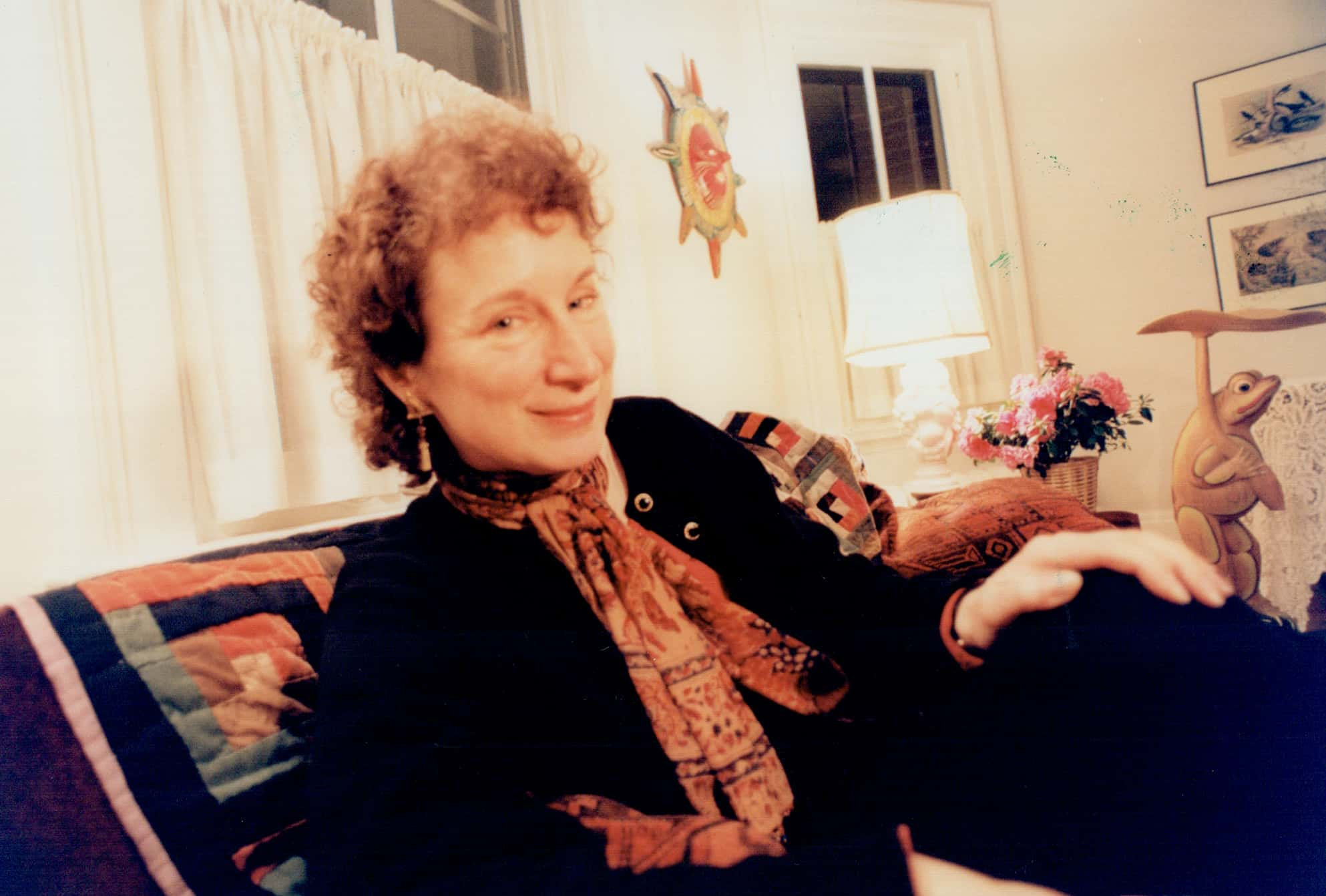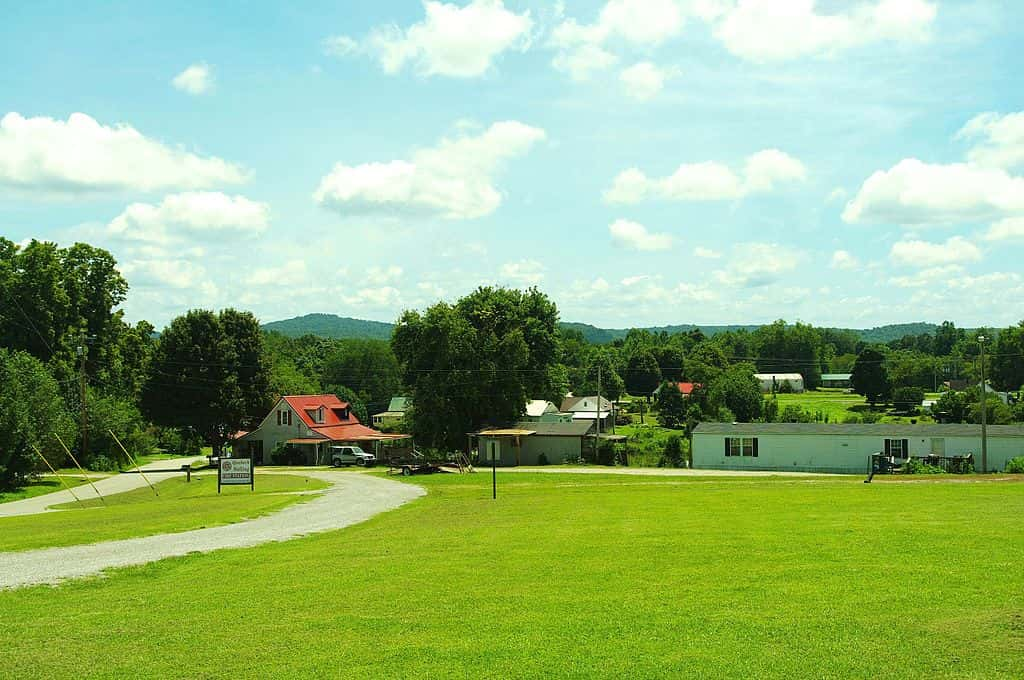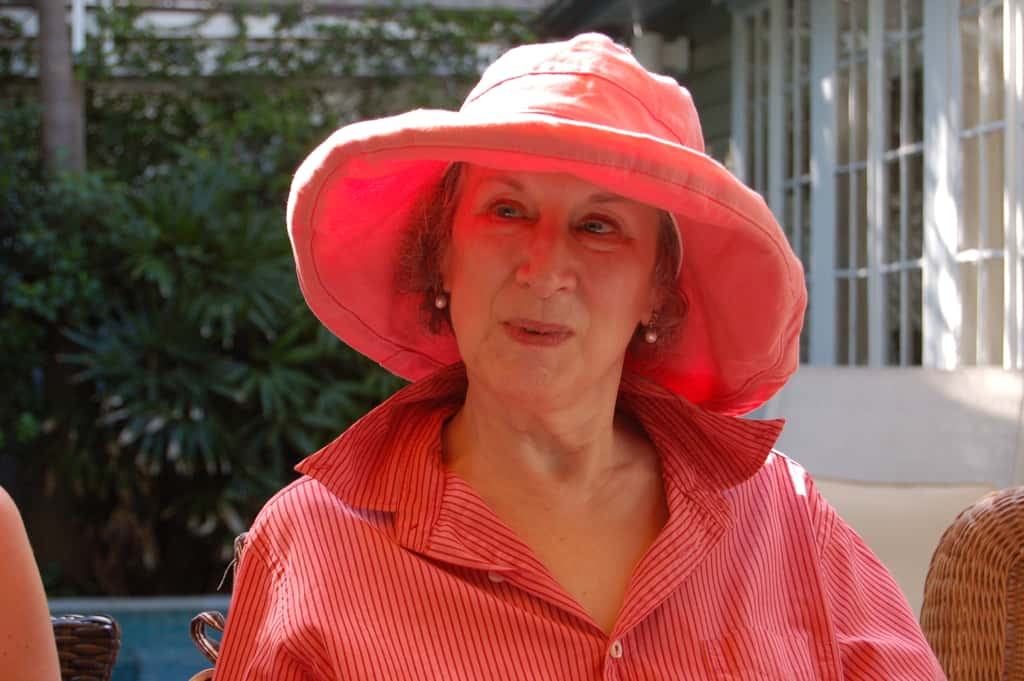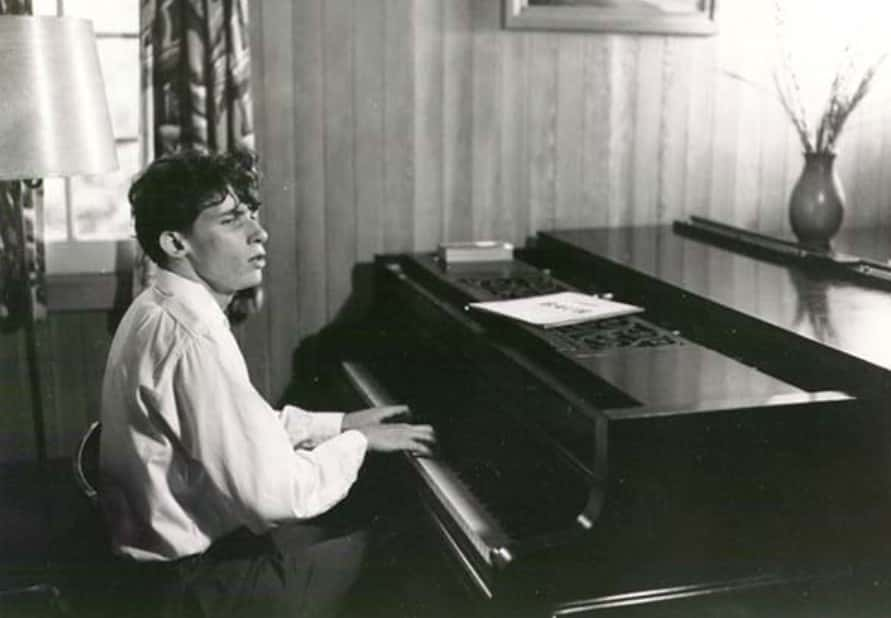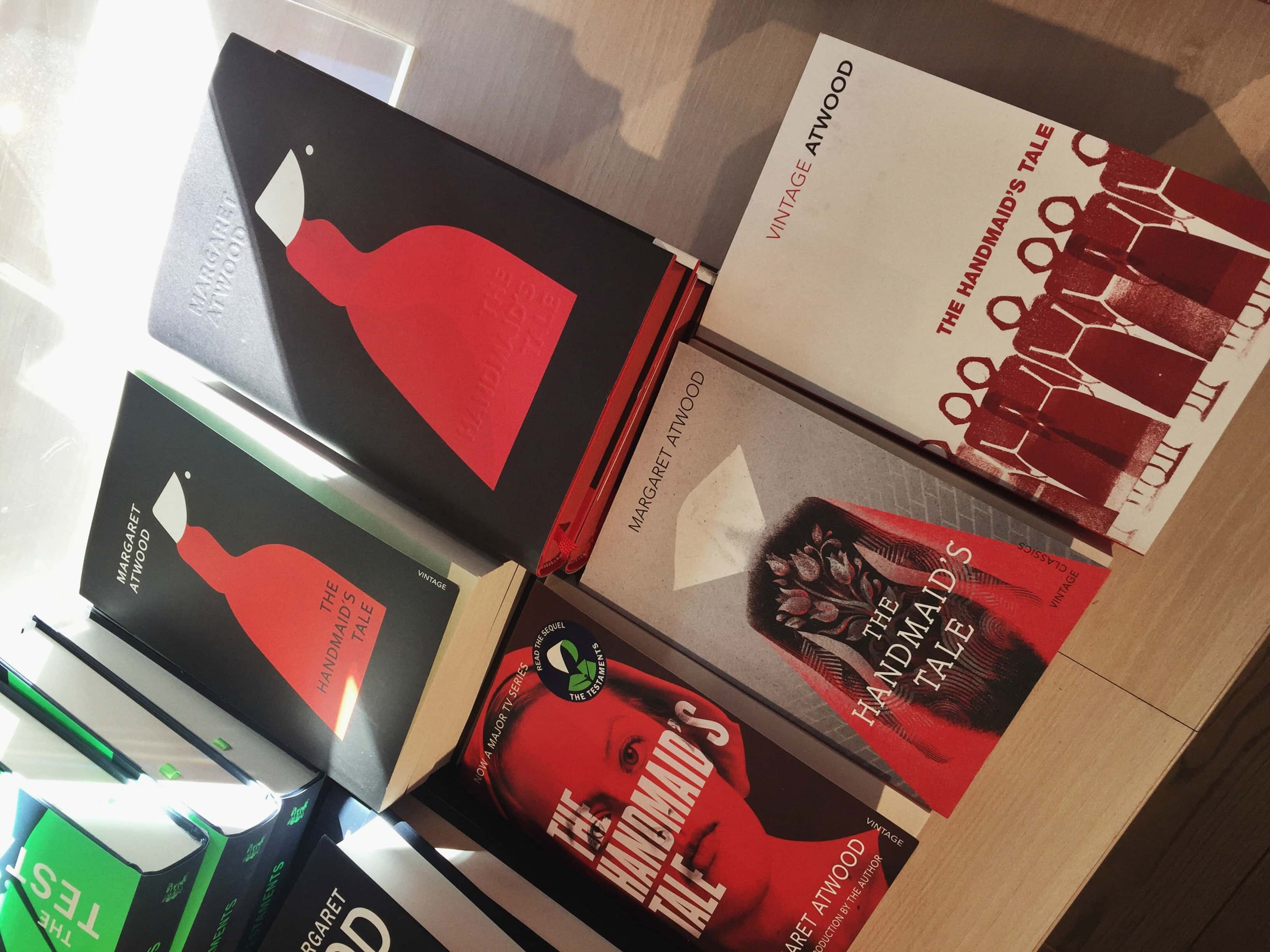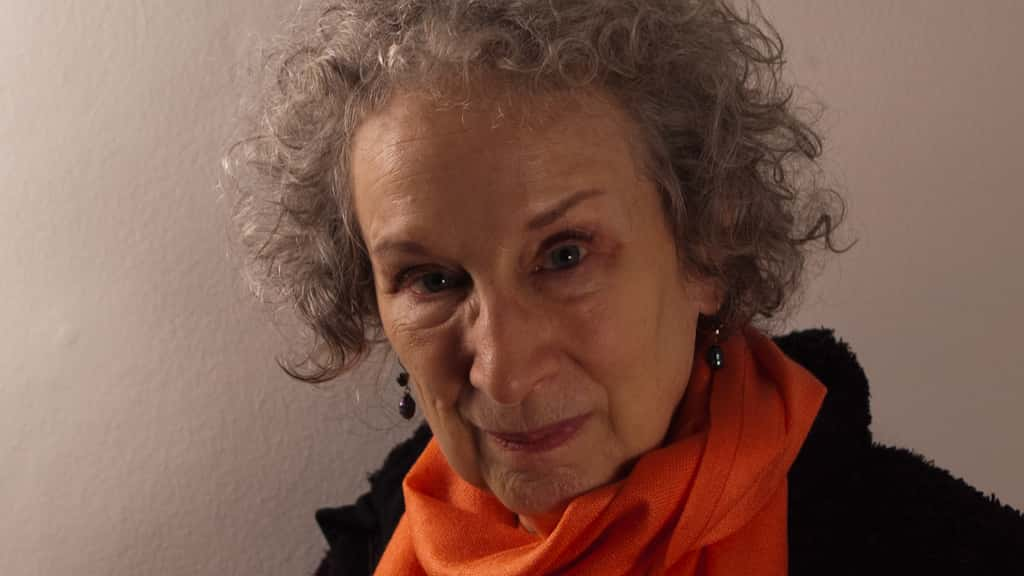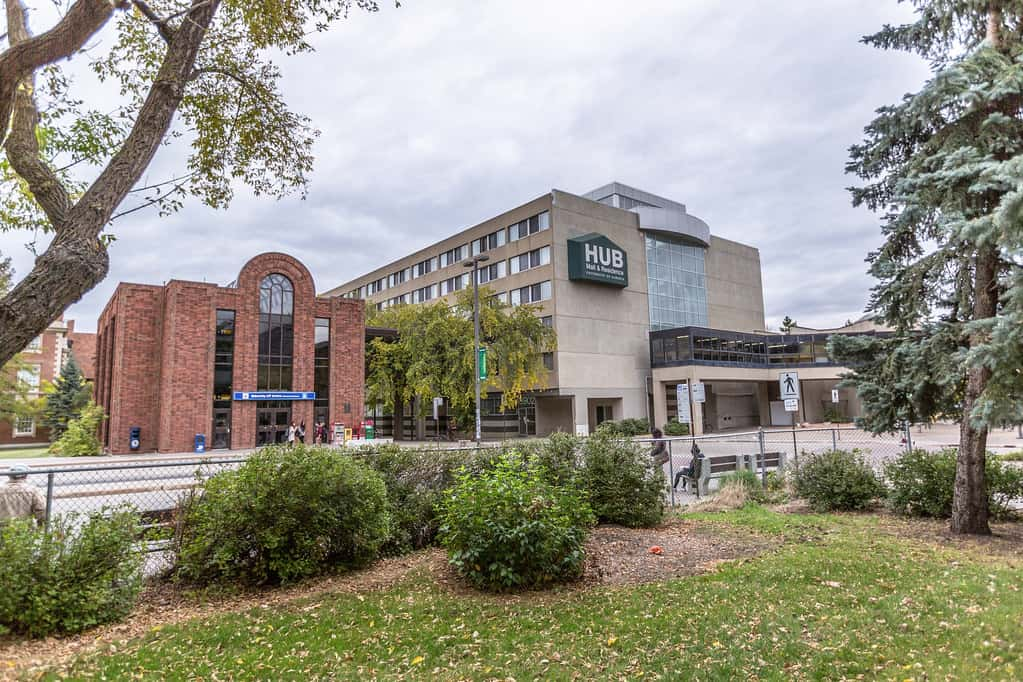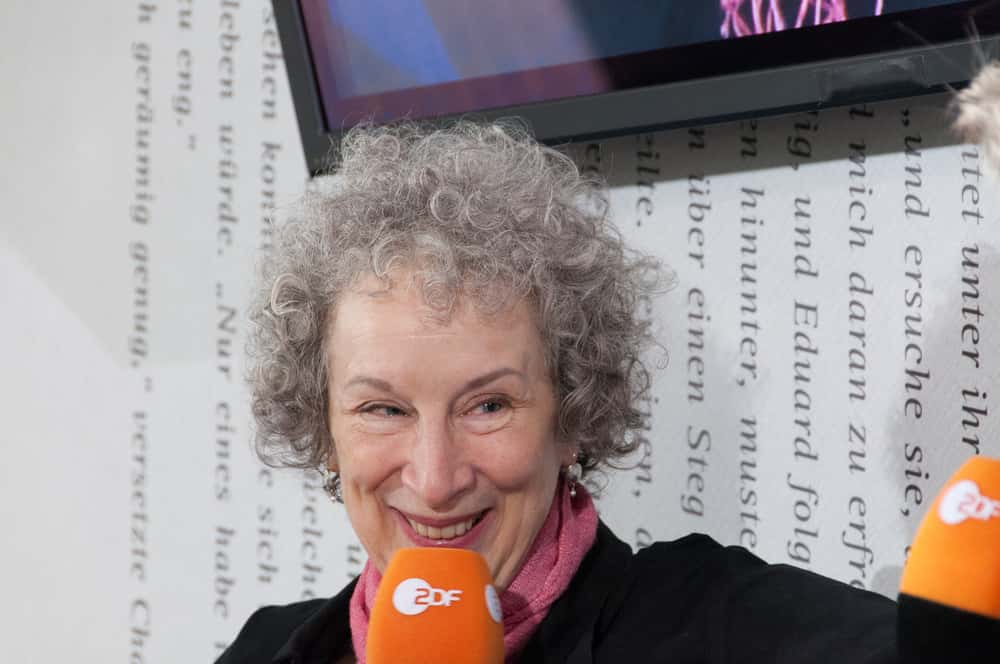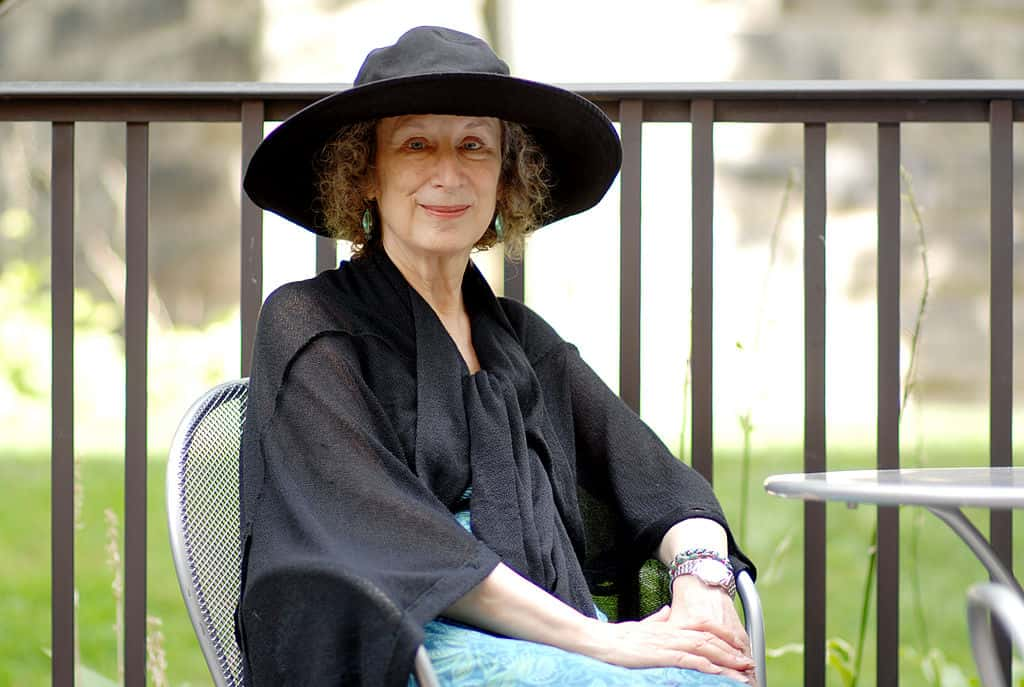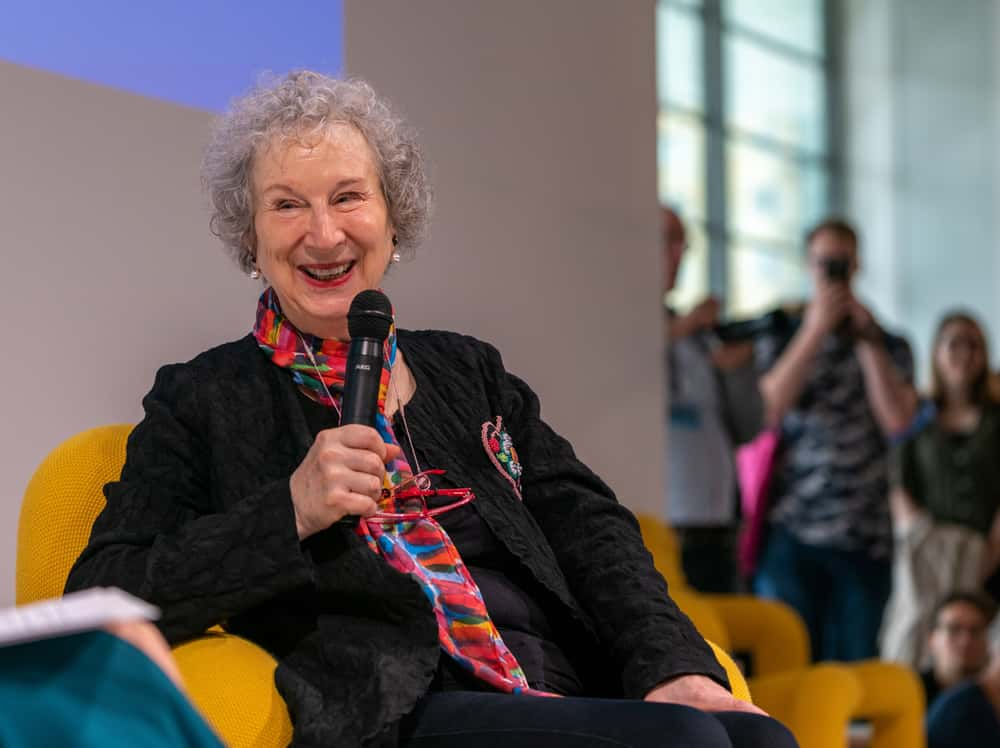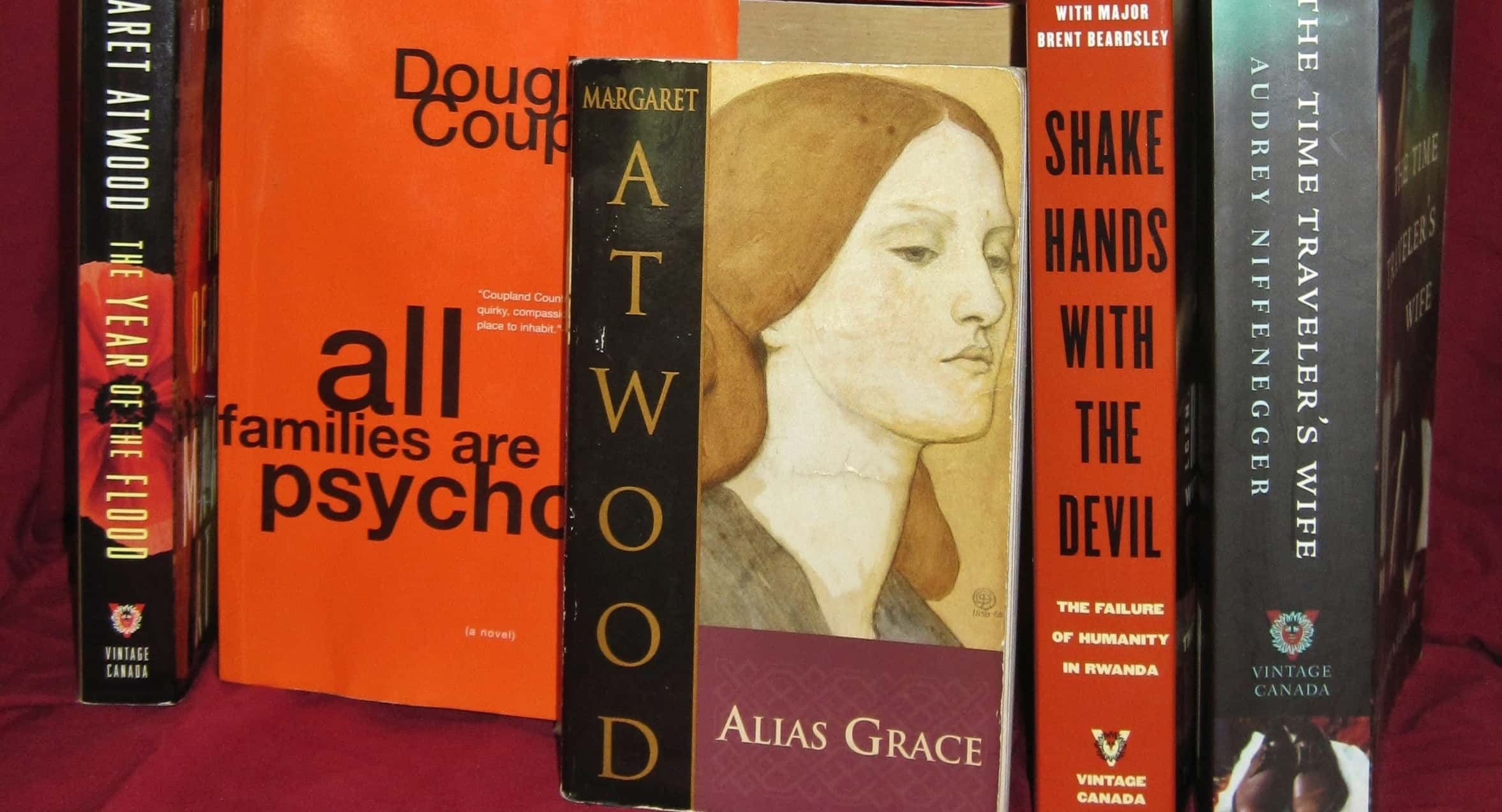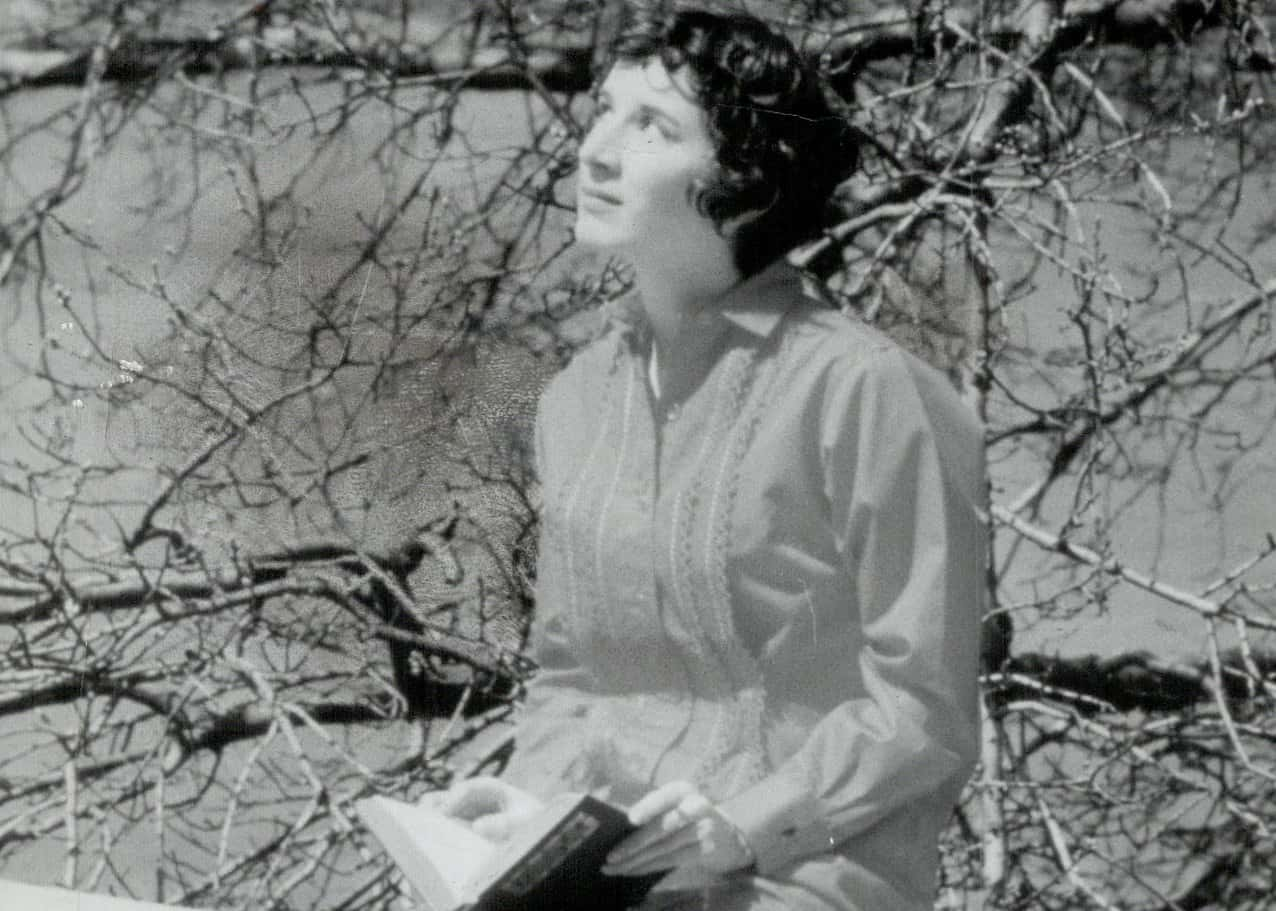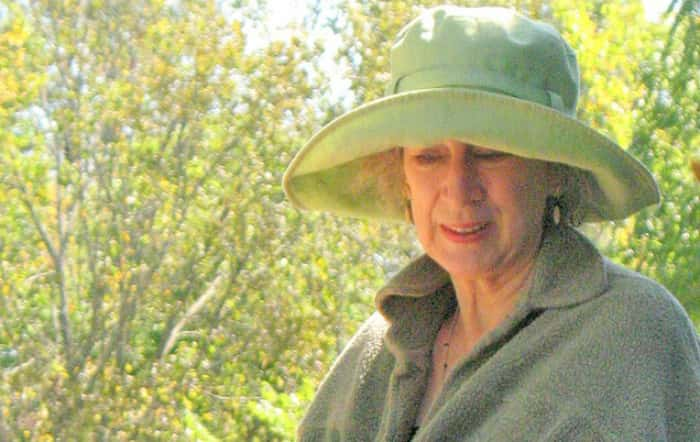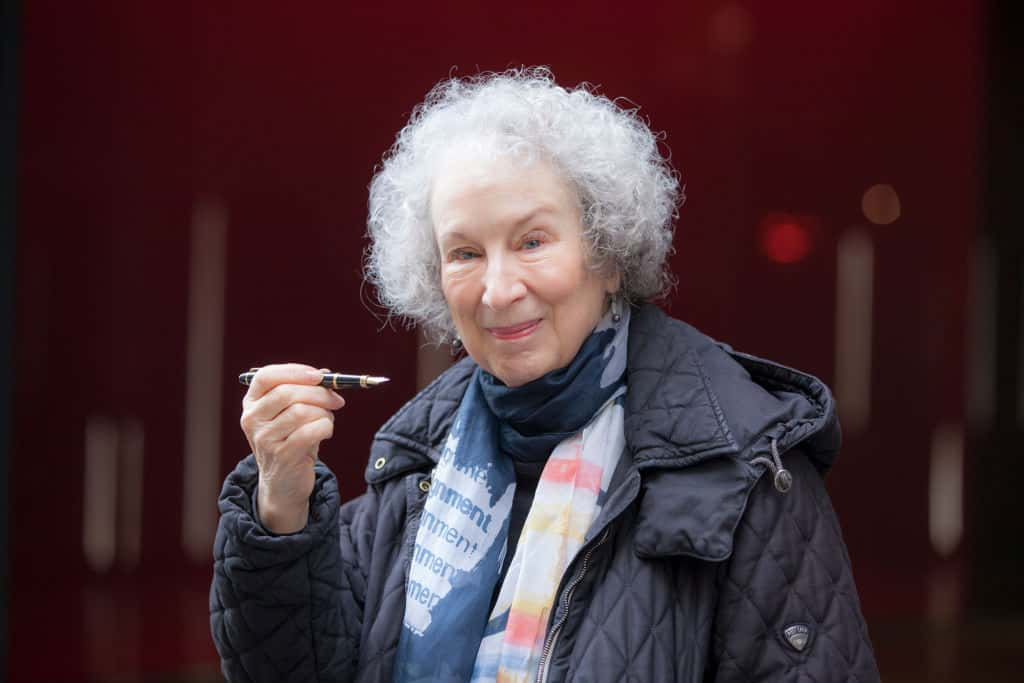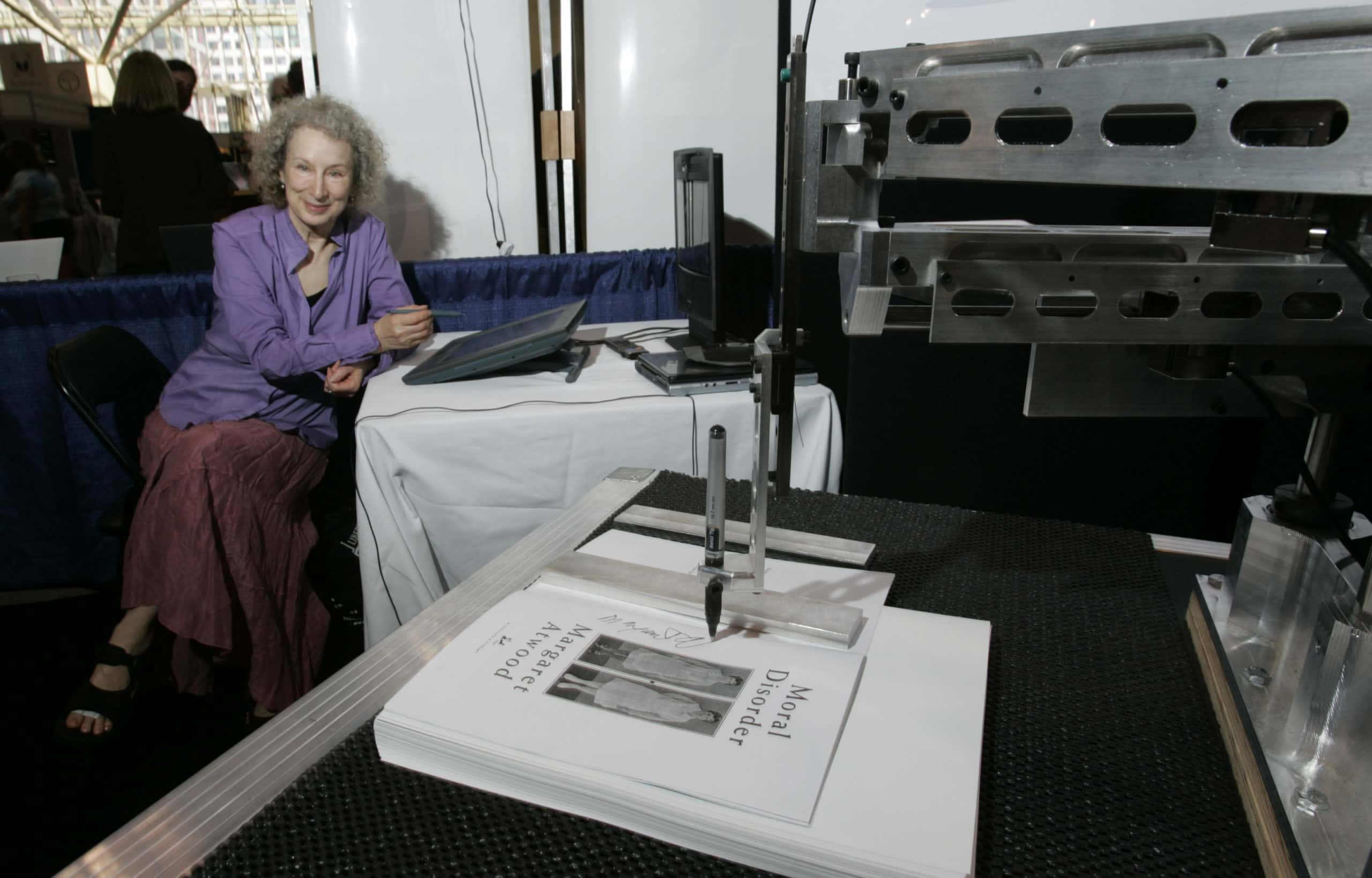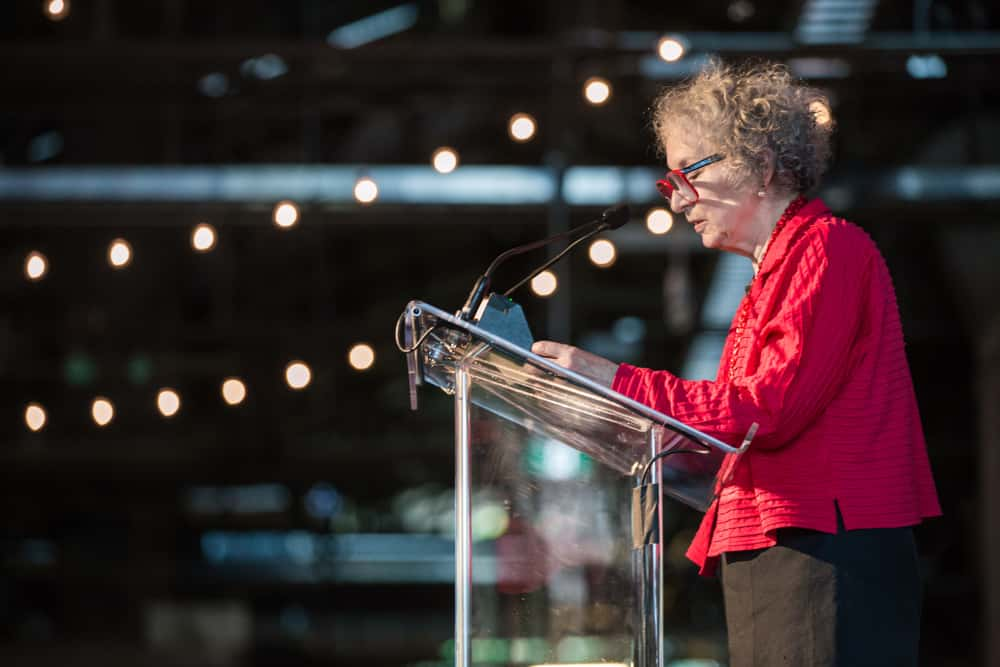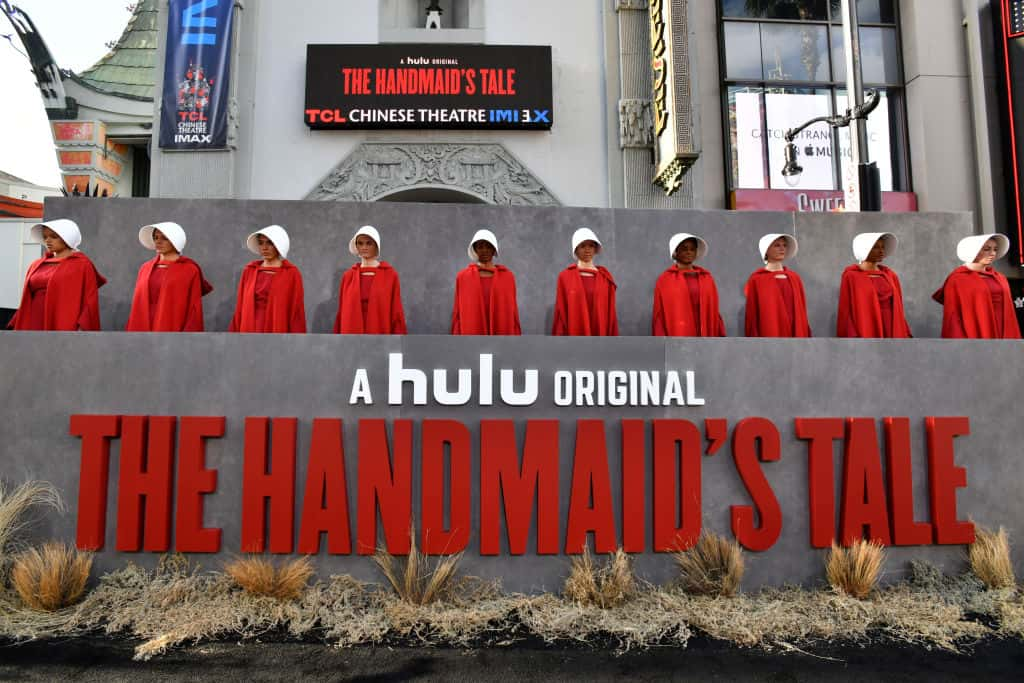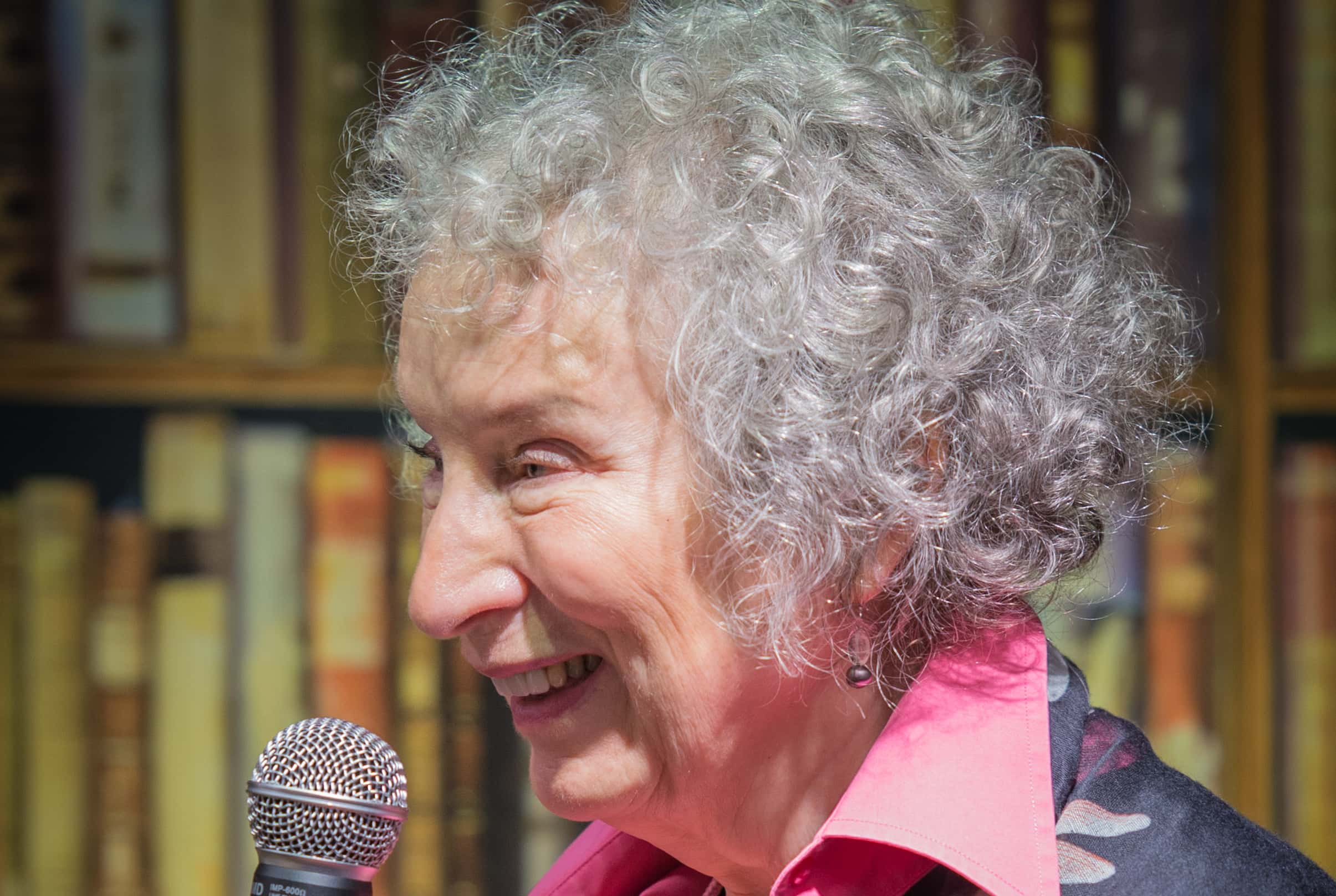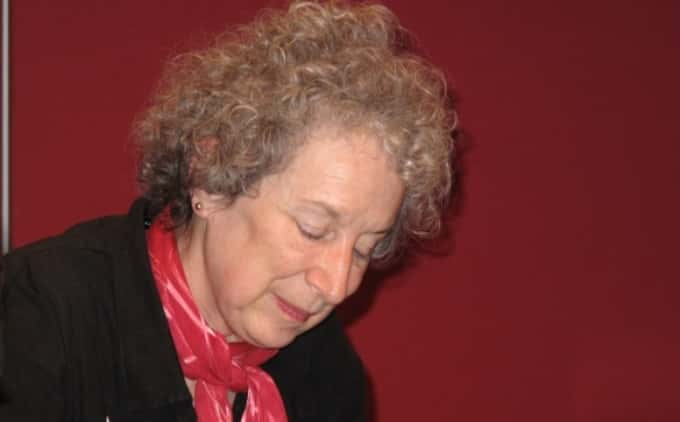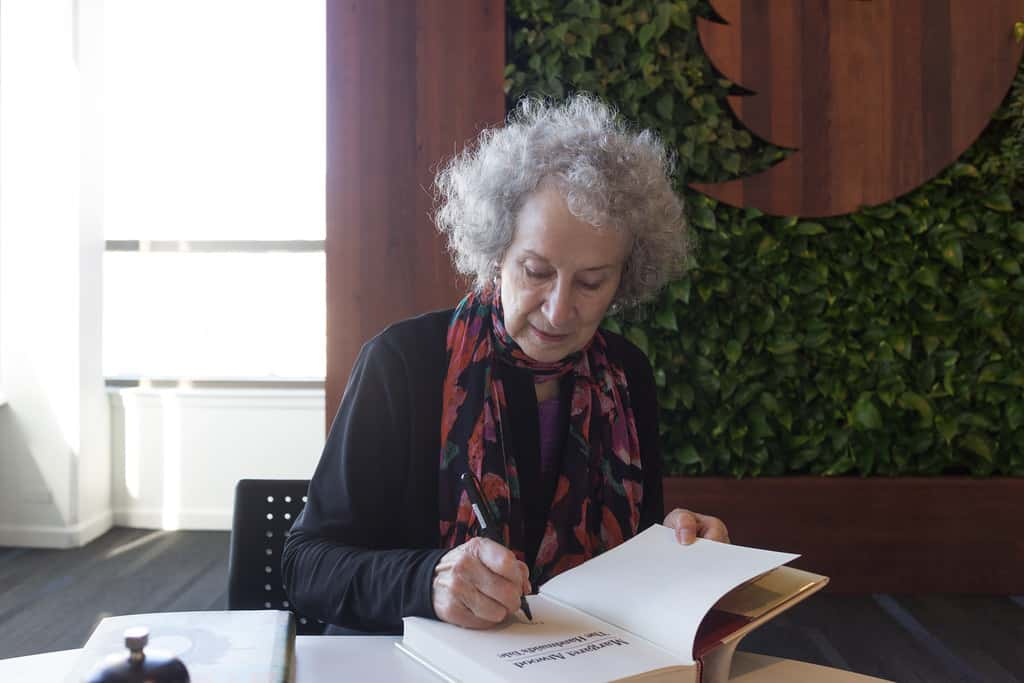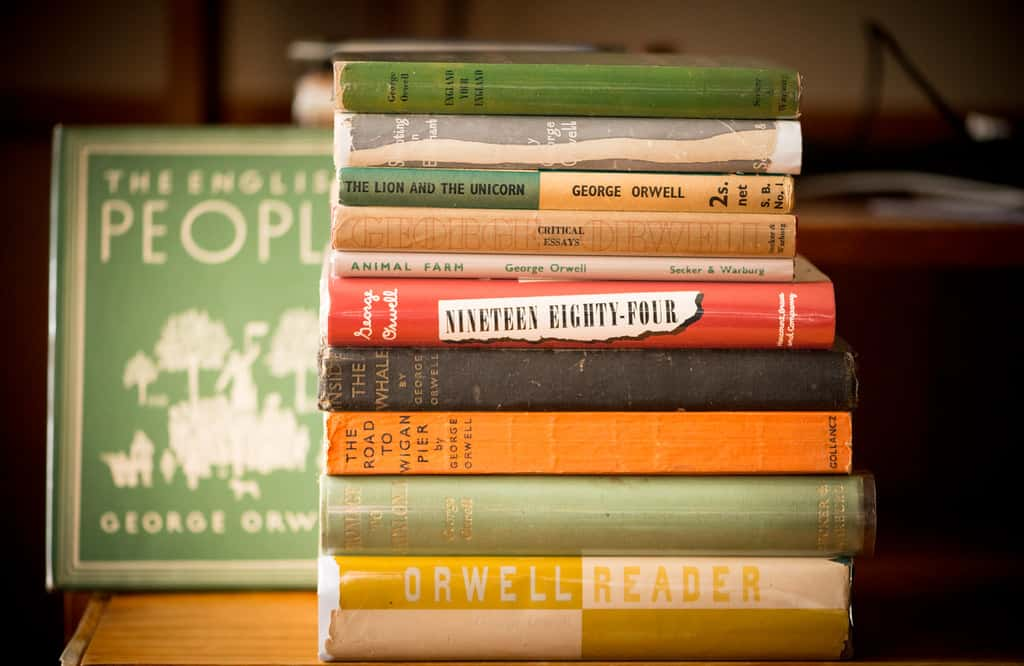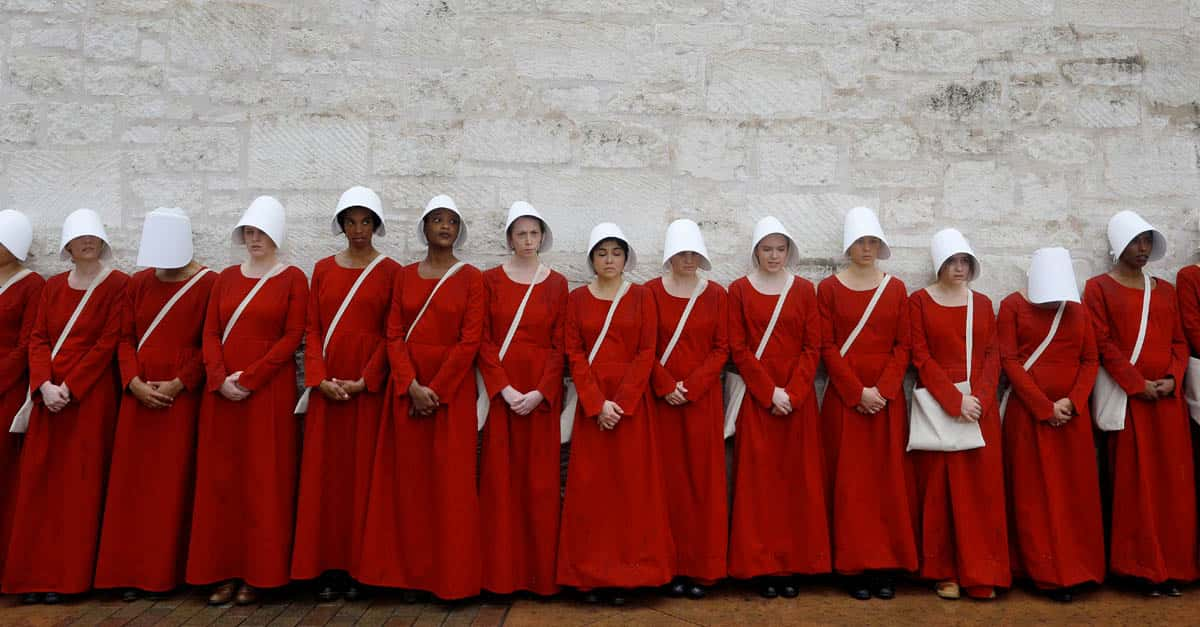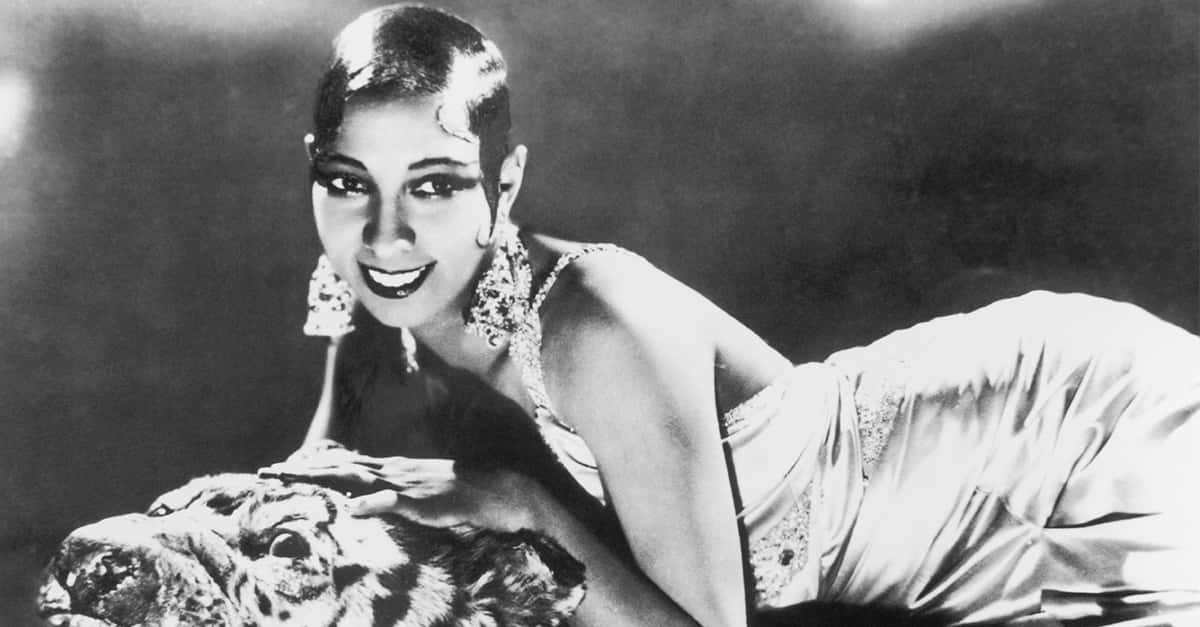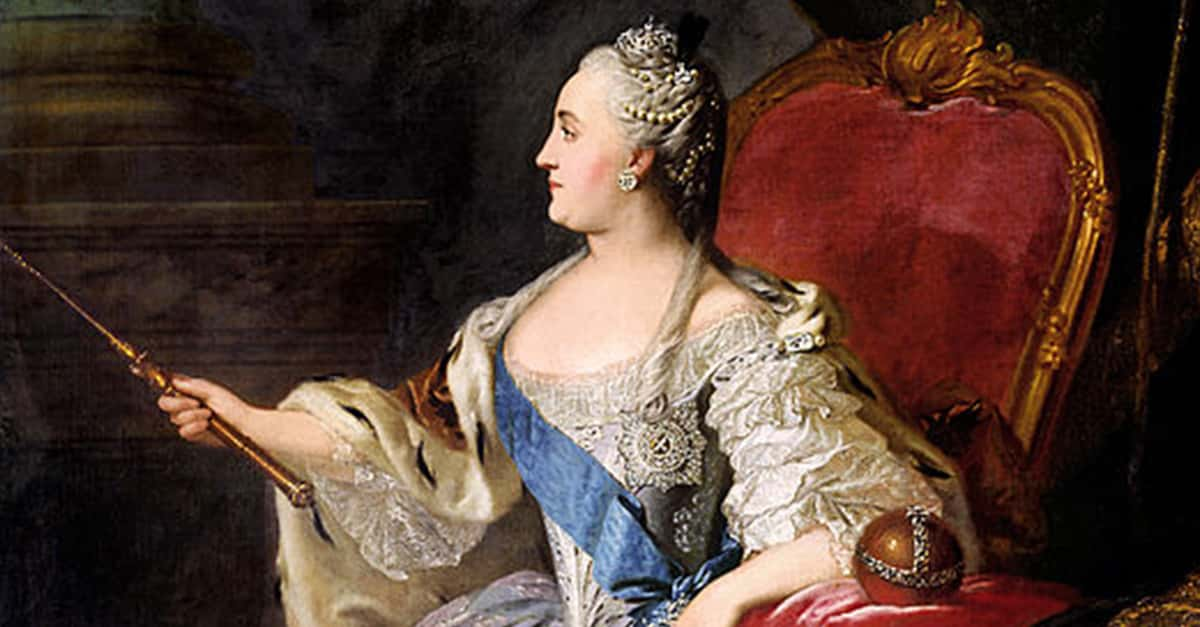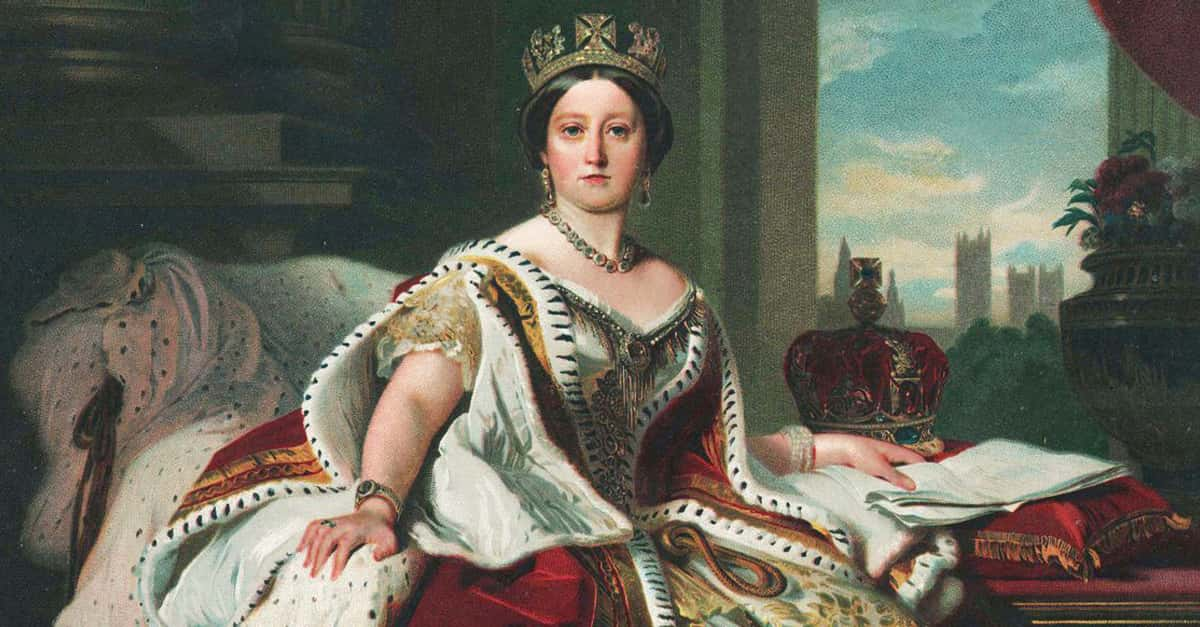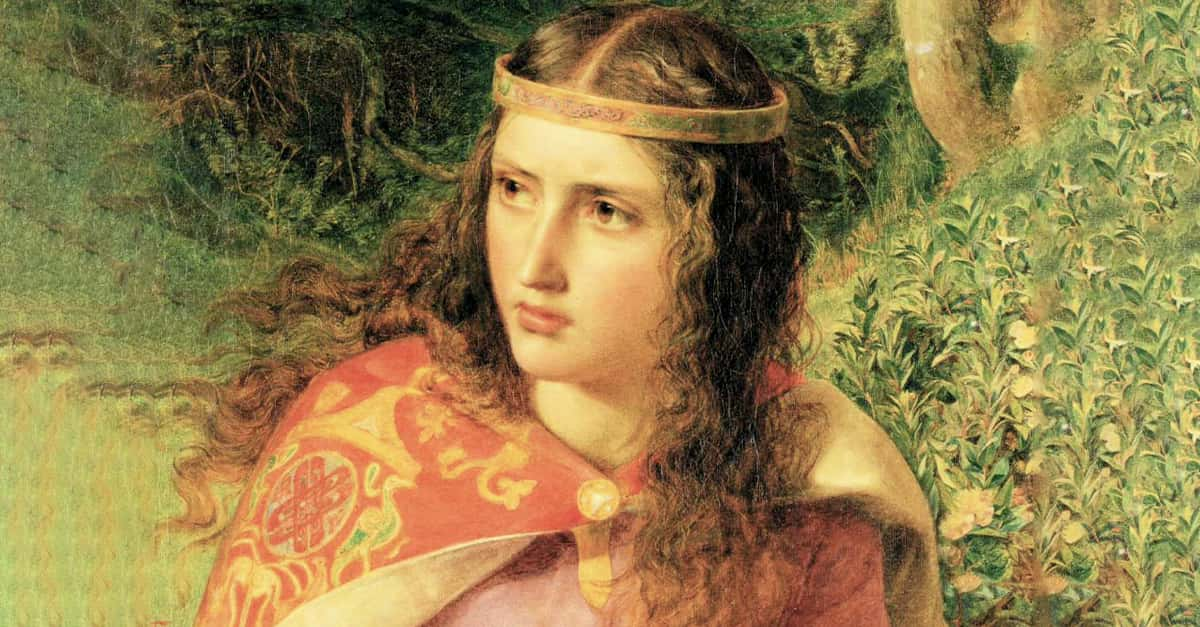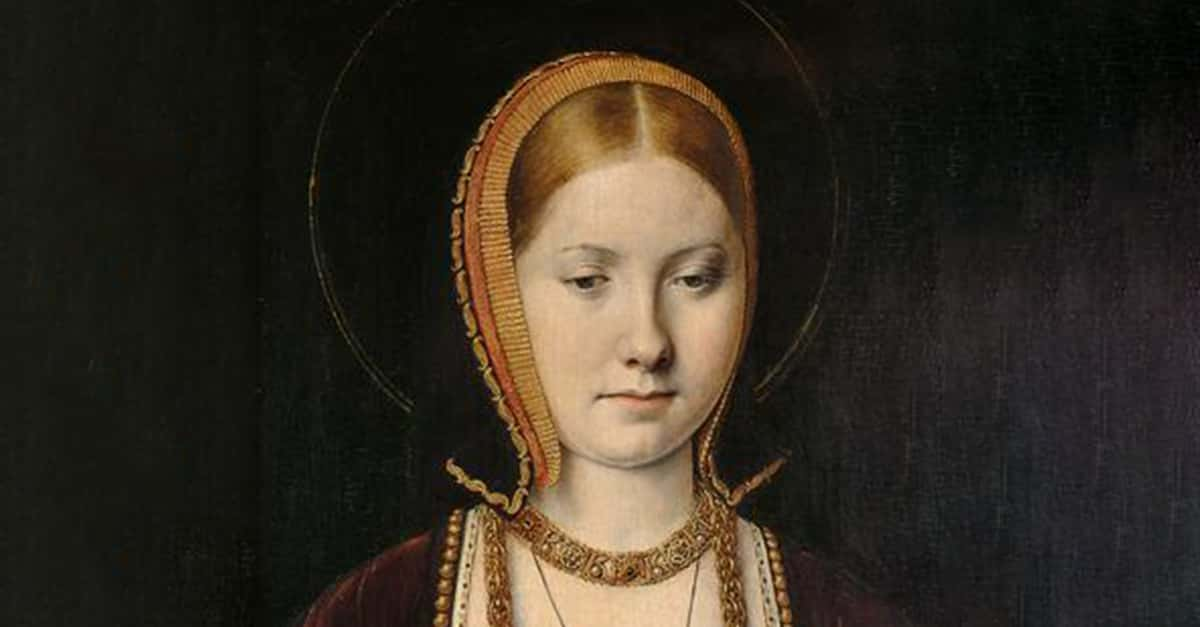"Optimism means better than reality; pessimism means worse than reality. I’m a realist".—Margaret Atwood
One of the most prolific and well-known Canadian novelists of all time, Margaret Atwood is also a poet, essayist, literary critic, and environmental activist. She’s written dozens of books in the fiction and non-fiction categories and has racked up an impressive collection of prestigious awards. Her words have inspired films and television series, including The Handmaid’s Tale, which is currently captivating audiences on Hulu. Of course, it’s all well and good to heap further praise on Atwood, but we at Factinate strive to follow up our hype with lists of great tidbits. So without further ado, here is our list of 43 facts about Margaret Atwood!
1. That One Epiphany
Margaret Atwood’s first ever poem was written in when she was in high school. In 1956, she got the inspiration for her poem while walking across a football field. After going home and putting the poem to paper, she realized in that instant that she was a writer and that writing was the only thing she wanted to do with the rest of her life.
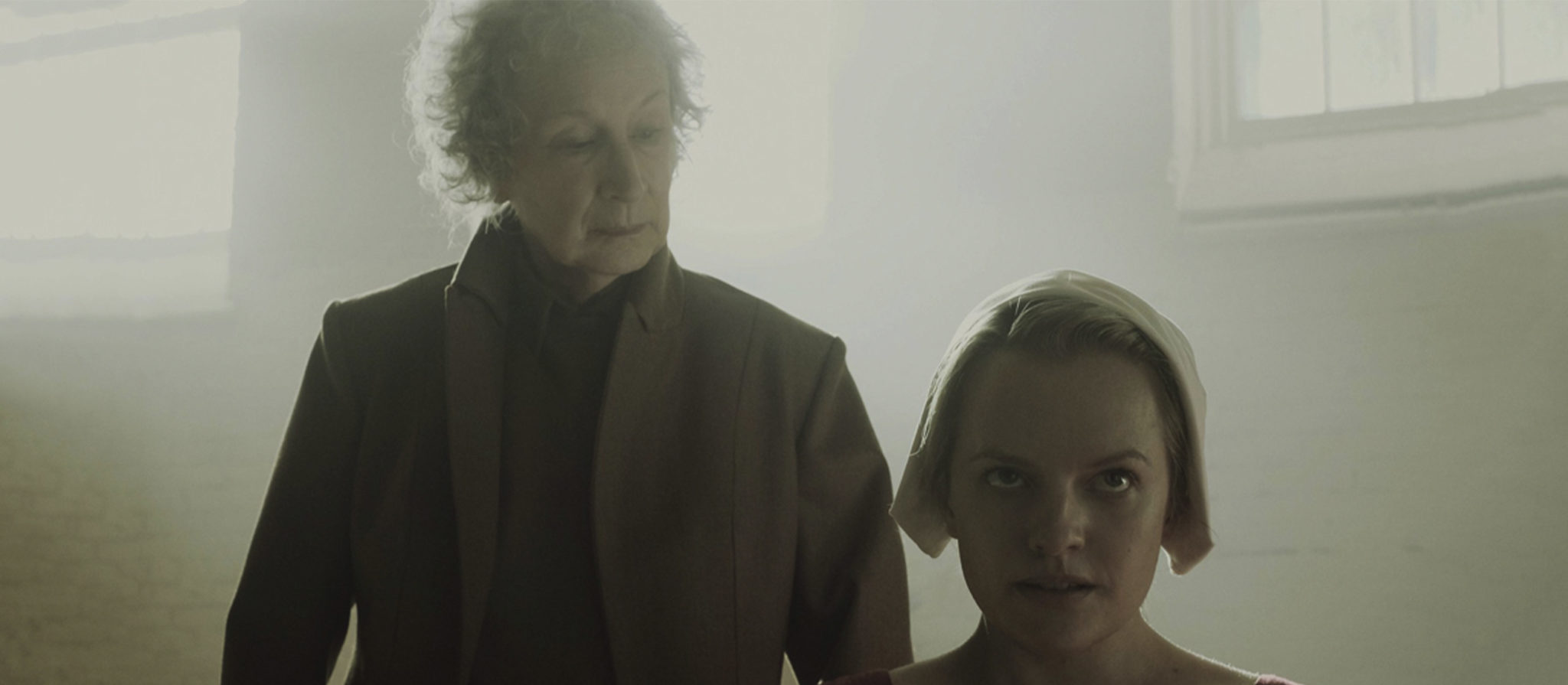
2. Who Did This Artwork?
Before her interest in literature developed, however, Atwood’s passion lay in the art of painting. Even when she’d embraced her writing career, she put this passion towards personally designing the Canadian covers for most of her poetry books.
3. Stealthy
In between writing poetry and novels, Atwood spent part of the 1970s moonlighting as a comics artist as well! She wrote a comic strip titled Kanadian Kulture Komics under the pseudonym Bart Gerrard. It was published by This Magazine.
4. Does That Make Her "Jr".?
Atwood was born in Ottawa, the capital city of Canada, on November 18, 1939. She was named after her mother, also called Margaret.
5. Old Habits Die Hard
Despite her incredible work as a writer, Margaret Atwood has admitted that she has a serious problem with procrastination. She also has an irregular writing schedule, not always writing every day, and committing to the use of a pad and pencil, even in today’s age of Microsoft Word.
6. Student Surpasses the Master
Atwood’s poetry had an early admirer in her Grade 12 teacher, Bessie Billings. Reading her early poetry, Billings reportedly declared "I can’t understand a word of this, dear, so it must be good".
7. First and Last Marriage
In 1968, Atwood married an American writer named Jim Polk. However, their marriage did not last long; they divorced in 1973. Atwood wouldn’t pursue traditional marriage again, but she did end up finding the love of her life (more on that later).
8. Atwood of the Opera
Atwood was commissioned by the City of Vancouver to write her very first chamber opera piece in 2008. Atwood decided to write an opera which followed the last days of Canadian writer and performer Pauline Johnson, who died in 1913. Pauline, with music composed by Tobin Stokes, made its premiere at the York Theatre in Vancouver on May 23, 2014.
9. Work Vs. Studies
Atwood’s father, Carl, was an entomologist, meaning he studied insects. Because of his extensive research, Atwood spent much of the first years of her life between Ottawa, Toronto, and the backwoods of northern Quebec. She didn’t go to school full-time until she was eight years old—not that that slowed her down!

History's most fascinating stories and darkest secrets, delivered to your inbox daily.
10. Future Heavyweights
While she was in university, Margaret Atwood would read out her poetry in a coffee shop which was called "The Bohemian Embassy". While this sounds like a lot of people’s experiences in university, Atwood can boast that while she was there, her fellow performers were Canadian comedian and SNL producer Lorne Michaels and Canadian folk legend Gordon Lightfoot! To be fair, they can also brag that they performed their work alongside the great Margaret Atwood!
 Wikimedia.Commons
Wikimedia.Commons
11. Great Start
In 1961, Atwood self-published Double Persephone. It was her first ever book, and the first printing produced only 220 copies. Despite it being her debut, she won instant praise with the poetry collection, winning the EJ Pratt Medal in Poetry at the University of Toronto.
12. A Love for Genius
When it came to writing the main character Crake in her novel Oryx and Crake, not only did she base his eccentricities and love for animals on the personality of Canadian pianist Glenn Gould, she almost named him Glenn in his honor!
13. Turning Things on Their Head
Atwood’s novel The Penelopiad is a retelling of The Odyssey, the adventure in Greek mythology by the Greek poet Homer. In Atwood’s case, her book focuses on Penelope, the wife of Odysseus, rather than Odysseus himself. It’s just one example of times where Atwood has been inspired by classic stories in Western culture.
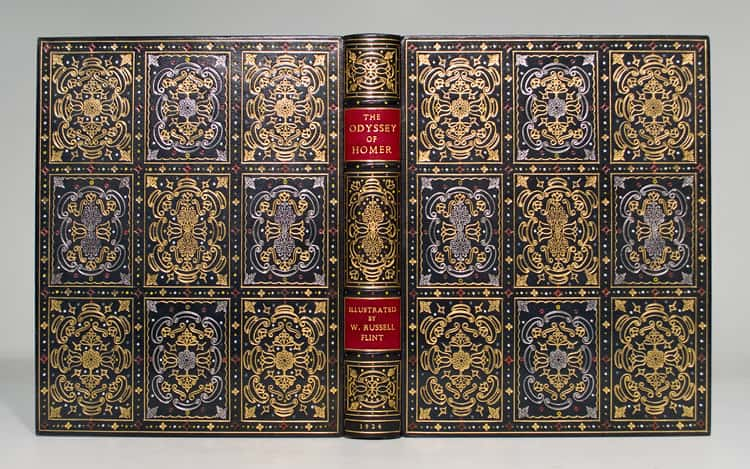 Flickr
Flickr
14. Accolades for Atwood!
Among the many awards and honors granted to Atwood are the 2000 Man Booker Prize, the 1996 and 1985 Governor General’s Award, the 1986 Nebula Award, and the 1981 Guggenheim Fellowship. Atwood was also made a Companion of the Order of Canada in 1981.
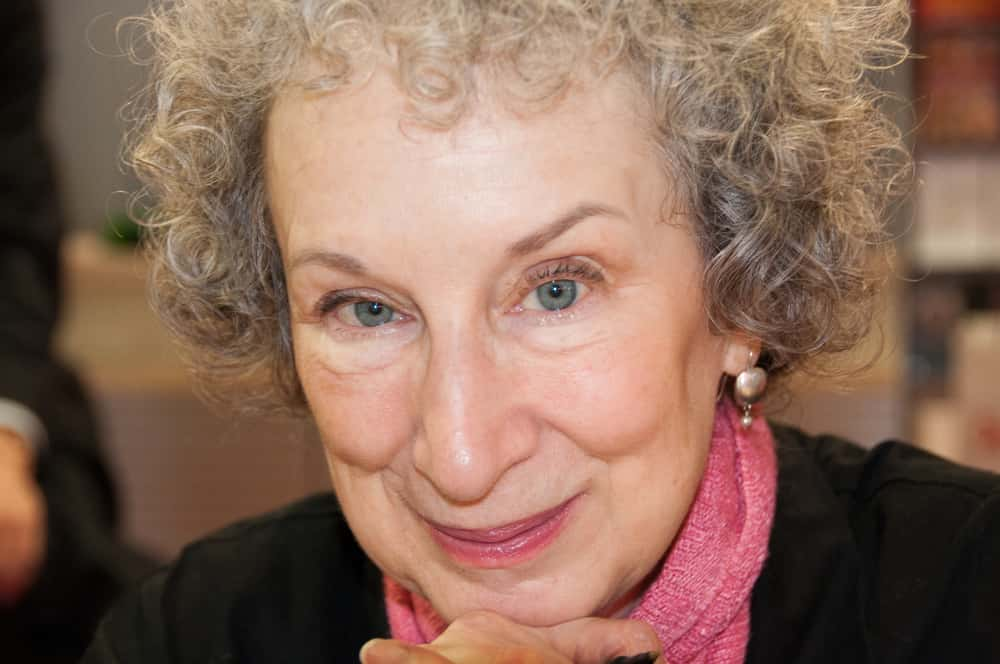 Shutterstock
Shutterstock
15. One Out of Five Ain’t Bad
Speaking of the Man Booker Prize, Atwood has been nominated for the prestigious English-language book award a record five times.
16. Would You Call This Science Fiction?
In Norway, a forest of trees has been planted to be cut down in the year 2114 to make paper upon which to print never-before-read books. This operation, called the Future Library Project, is taking a new contribution every year to fill up this future book collection. Margaret Atwood was the first writer to contribute a new work to this project, so mark your calendars to 2114 to read that new Atwood book!
17. She Must Have Loved Braveheart
One of Atwood’s interests is in military history. One of her many international travels was to Afghanistan, purely "to see the terrain where the British had been defeated".
18. Lifelong Relationship
Atwood’s literary agent is named Phoebe Larmore, and the two have worked together since 1971—that’s longer than most marriages last!
19. Those Who Teach
While she wrote her various works, Atwood also took the time to lecture and teach English. During the 1960s, she taught at Sir George Williams University and the University of Alberta. The following decade, she taught English at York University for a year.
20. Food, Glorious Food
Atwood’s breakthrough as a very important writer arguably began with her 1969 book The Edible Woman. Following the story of a woman who struggles with fitting into society’s strict gender roles, she also finds herself unable to eat food, as she associates humanizing traits to it, even as she herself feels being "devoured" by her male partner. The book was released in 1969 but was written in 1965, according to Atwood, and as such is has been said to have "anticipated second wave feminism". It remains hailed as one of her best books by many to this day.
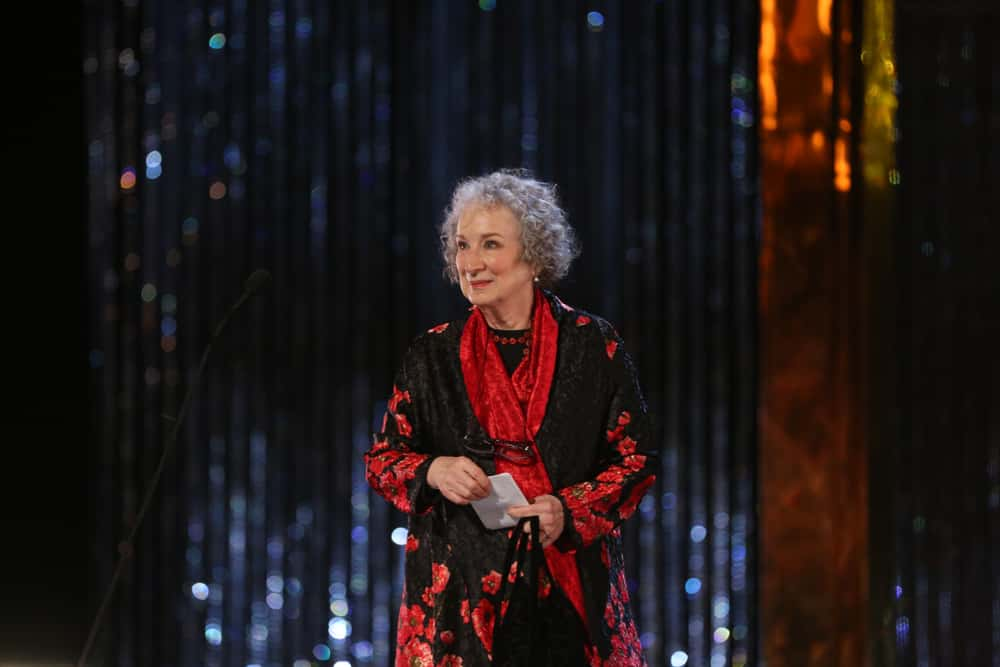 Shutterstock
Shutterstock
21. Life and Art Blurred
Although many would call The Handmaid’s Tale a work of fiction, Atwood does not consider it pure fiction, claiming that "Everything I wrote in that book was happening at that time, or had already happened".
22. Eat Hearty!
In 2006, Margaret Atwood expanded her writing talents into the realm of culinary arts, coming up with a recipe for baked lemon custard. It’s on the website Bon Appetit if you’re interested in trying an Atwood dessert!
23. Close but No Cigar
In the 1990s, Atwood released two books which were finalists for the prestigious Governor General’s Award; The Robber Bride and Alias Grace.
24. The Needle and the Thread
Several themes appear in Atwood’s novels, regardless of genre or setting. One such theme is the idea that throughout history, the creativity of women was suppressed and restricted to the realm of domesticity. This is especially evident in Alias Grace, where the titles of the novel’s sections are also names of quilting patterns. The protagonist of that story, while investigating Grace’s alleged involvement in a grisly double murder, listens to her life story and makes parallels between the mystery and Grace’s interest in quilts and sewing.
25. Get Your Terms Rights!
Margaret Atwood has been accused of despising science fiction, as she has famously refused to call The Handmaid’s Tale a science fiction novel. However, this isn’t out of disgust for the term or the genre, Atwood simply has specific ideas on what can be called science fiction, and The Handmaid’s Tale doesn’t fit the bill. Atwood has instead offered the genre "speculative fiction" to describe The Handmaid’s Tale and other such books, claiming that science fiction should be used to describe space adventures or alien stories.
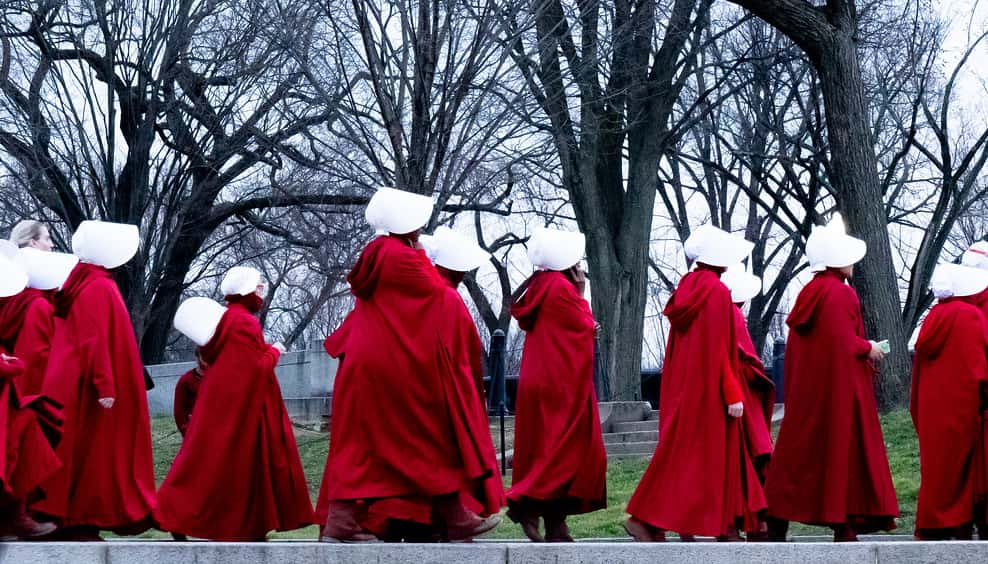 Flickr
Flickr
26. Surprise, Sweetie!
During Atwood’s early childhood, WWII was being fought, leading to rationing in Canada to support the battle fronts. As a result of the rationing, Atwood never saw something that we all take for granted; a balloon. In fact, the family held onto a single balloon during the entire war, planning to use it after it was over. Atwood celebrated her sixth birthday by seeing this balloon blown up for her, only for it to pop soon after. No doubt she was wondering what the fuss was all about.
27. More Accolades!
Atwood holds honorary degrees from no less than nineteen universities! Aside from the Canadian ones, these degrees also come from Harvard, Cambridge, Oxford, the University of Athens, and the University of Edinburgh.
28. Lost in Adaptation
So far, Atwood’s most acclaimed novel, The Handmaid’s Tale, has been adapted into a 1990 feature film, a hit television series starring Elizabeth Moss, and an opera which premiered in 2000.
29. Rock On!!
Incredibly, Margaret Atwood also took the time to write a rock song! It’s called "Frankenstein Monster Song," and it was performed by One Ring Zero.
30. Harvard Woman
Atwood studied at Radcliffe College of Harvard University in 1961, obtaining her master’s degree the next year. She spent another two years working towards her doctoral studies but ultimately stopped before she could complete them.
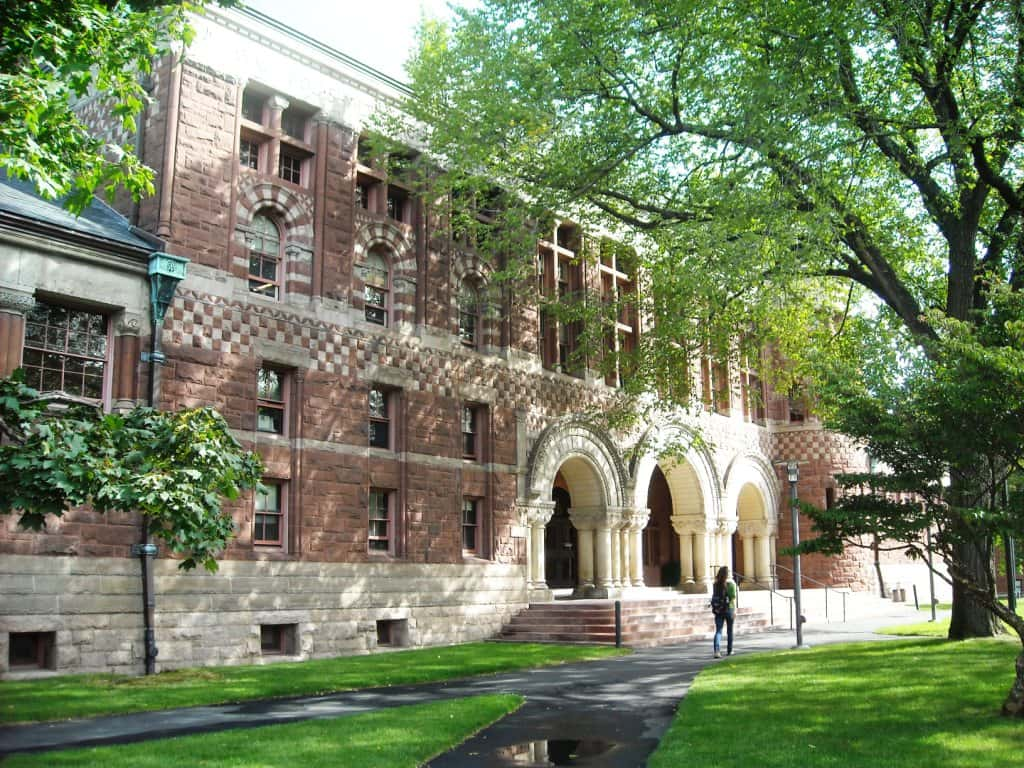 Wikimedia.Commons
Wikimedia.Commons
31. I Will Survive
As an essayist and literary critic, Atwood wrote Survival: A Thematic Guide to Canadian Literature. In it, Atwood attested that Canadian literature, as well as Canadian identity, "is characterized by the symbol of survival". There is a consistent amount of self-victimizing in the stance that Canadian writers take, whether it’s a case of people vs. each other, people vs. nature, or nations vs. nations. Of course, despite the popularity and endurance of this essay, it has garnered harsh criticisms over the years. Many say that the essay has become outdated, which it might very well be, given that it was first published in 1972!
32. Tech Advancement
In 2004, Margaret Atwood developed an idea for a device which would allow someone to "remotely write in ink anywhere in the world via tablet PC and the Internet". This technology would be developed and produced by a company founded by Atwood herself. The technology is fittingly titled LongPen.
33. We Need a More Specific Word
Despite her frequent focus on women in her literature, Atwood resists her work being labeled with the term "feminist". She herself prefers to label her work as "social realism" and claimed that the term "feminism" has gone beyond a single definition, as people have taken it to mean so many different things that it’s impossible to determine what kind of feminism they’re talking about without context.
34. Small Screen Star
In 2017, no fewer than three television series airing that year were based directly on Atwood’s writing. One was The Handmaid’s Tale on Hulu, along with Wandering Wenda on CBC Kids, and the miniseries Alias Grace on Netflix and CBC.
35. Thundercats Are Go!
In 2016, Margaret Atwood achieved a dream she’d had for a long time when she was involved in the creation of a comic book. Angel Catbird, as it’s called, "follows a genetic engineer named Strig Feleedus whose genes get mixed with a cat’s and an owl’s after an experiment goes awry". To be fair, you’ve probably heard ten weirder comic book premises!
36. Up High on Mt. Olympus
In 2001, Atwood was given a star on Canada’s Walk of Fame in Toronto, joining such Canadian figures as Christopher Plummer, Glenn Gould, Buffy St. Marie, Gordon Lightfoot, and Joni Mitchell. She would later be joined in this honor by fellow Canadian authors Mordecai Richler and Robert Munsch.
37. Love and Happiness
In 1973, Atwood began a relationship with Graeme Gibson, a Canadian writer who also helped Atwood found the Writer’s Trust of Canada. Like Atwood, Gibson is a member of the Order of Canada, and the two of them have a daughter together named Eleanor. Never marrying, the two have maintained a relationship which lasts to this day.
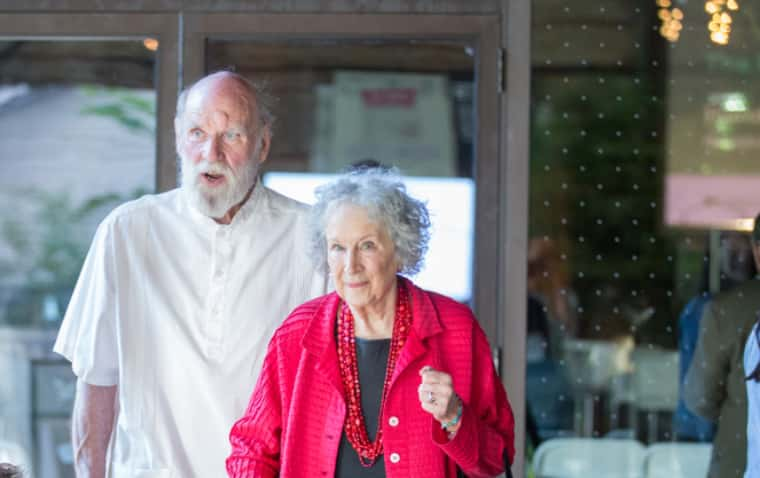 Shutterstock
Shutterstock
38. Great-Grandma
Allegedly, Margaret Atwood could be descended from Mary Webster, a woman who lived in Massachusetts during the 17th century. Accused of witchcraft, Webster was sentenced to hang, but things got creepy because of the methods of hanging a person (there’s actually different ways to do it). Left to hang overnight, Mary managed to survive the night, and was named "Half-Hanged Mary" ever since. Atwood ultimately can’t confirm the family legend as being true, but we hope it is; it certainly makes for a heck of a story to tell at dinner parties.
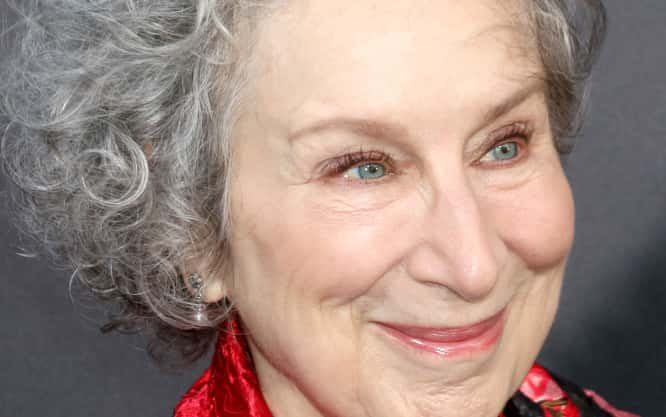 Shutterstock
Shutterstock
39. Money Where Your Mouth Is
Atwood’s environmentalism is reflected in how her literary office is run. Paper, envelopes, and boxes are all reused, and even the toilet paper and paper towels have been made of recycled materials. All the light bulbs in the office are compact fluorescent bulbs, and plastic water bottles are forbidden inside the office.
40. Secret Name
Speaking of that literary office, it’s been given the rather unique name "O.W. Toad". For those of you looking confused, that name is an anagram of "Atwood".
41. Actually, I Named Her April…
In Atwood’s novel The Handmaid’s Tale, the protagonist’s original name is never given, though fans have noted the frequent references to the month June in the book. The TV adaptation ran with the fan theory, making it canon that Offred’s real name was June. When asked, Atwood claimed that it had never been her original intention to have Offred named June, but she gave her blessing for readers to believe it.
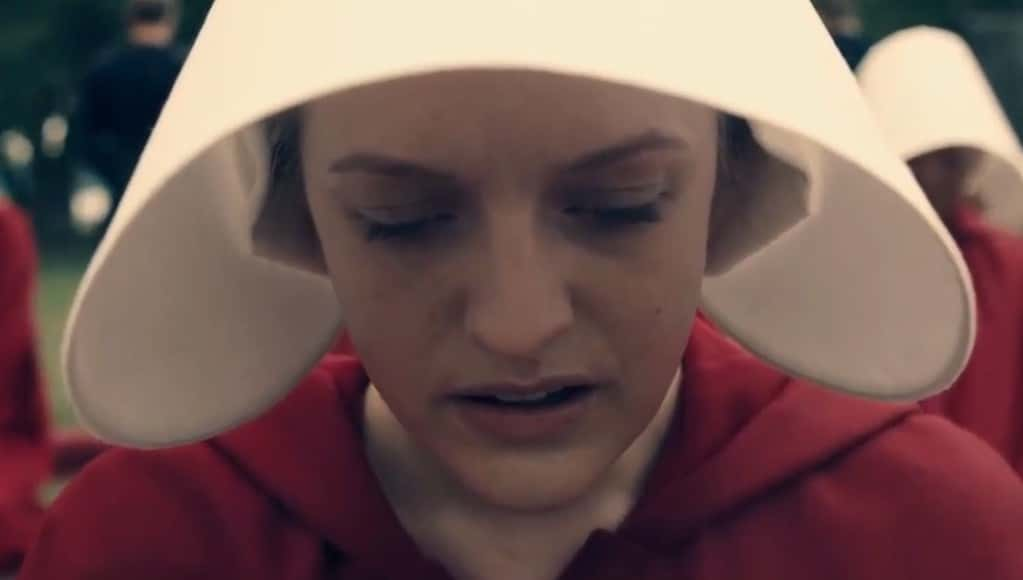 The Handmaid
The Handmaid
42. A Fan of George
Atwood first discovered the George Orwell book Animal Farm when she was a nine-year-old and assumed that it was another children’s book about talking animals. She later reflected how horrified she was by the book, especially because of how "unjust" the pig characters like Napoleon and Squealer were. Later, in high school, Atwood came across 1984, later remarking that she, being an adolescent, was the perfect audience for this dystopian story about a world dominated by Big Brother. Atwood later credited Orwell with greatly influencing her own writing, particularly her own famous dystopian novel, The Handmaid’s Tale. In an eerie coincidence, she first began writing that book in the year 1984!
43. The Consummate Liar
Margaret Atwood was asked which of her many characters she identified with the most (as pretty much all great writers are asked at least once in their lives, we imagine). Interestingly, Atwood picked Zenia, the mysterious character from her 1993 book The Robber Bride. Zenia is feared by the three protagonists of the story as manipulative, seductive, and determined to take whatever she wants no matter how she has to do it. Scholars and readers have interpreted Zenia as being anything from the pinnacle of self-empowered women to "a traitor who abuses sisterhood," or even a guardian angel who ultimately saves the protagonists "from unworthy men". Atwood, meanwhile, explained that Zenia "is the professional liar, and what else do fiction writers do but create lies that other people will believe?
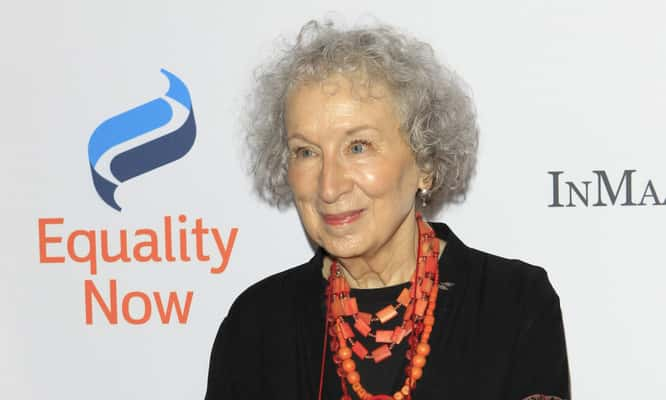 Shutterstock
Shutterstock
Sources: 1, 2, 3, 4, 5, 6, 7, 8, 9, 10, 11, 12, 13, 14, 15, 16, 17

